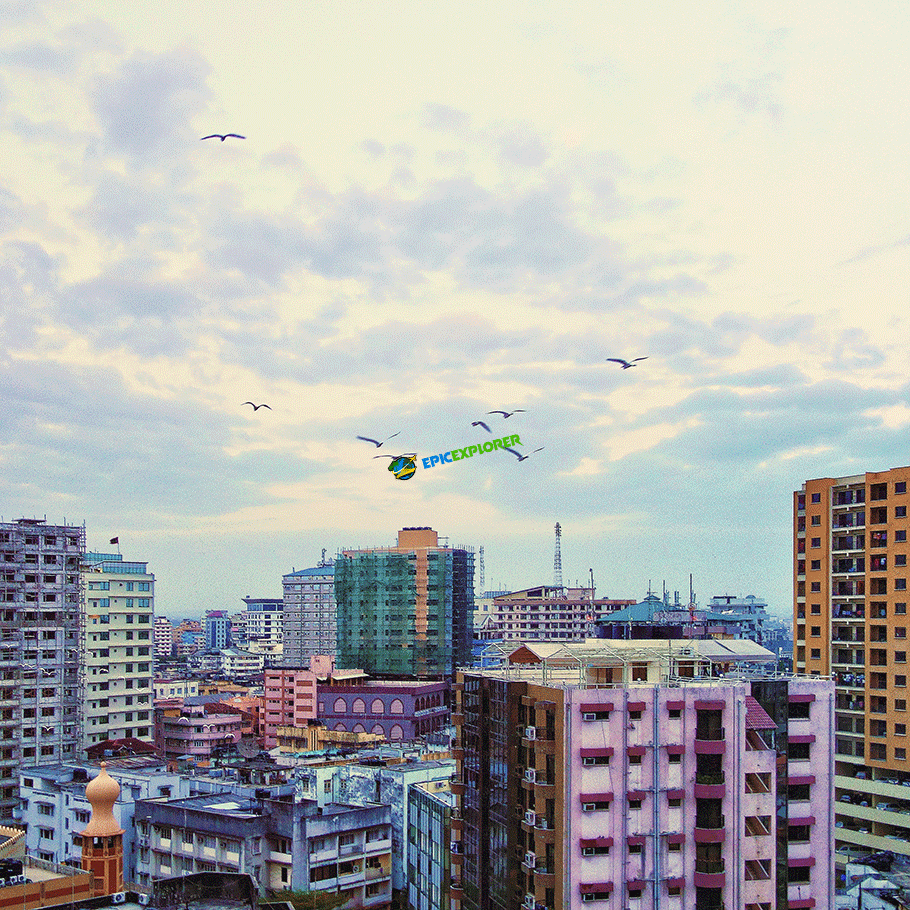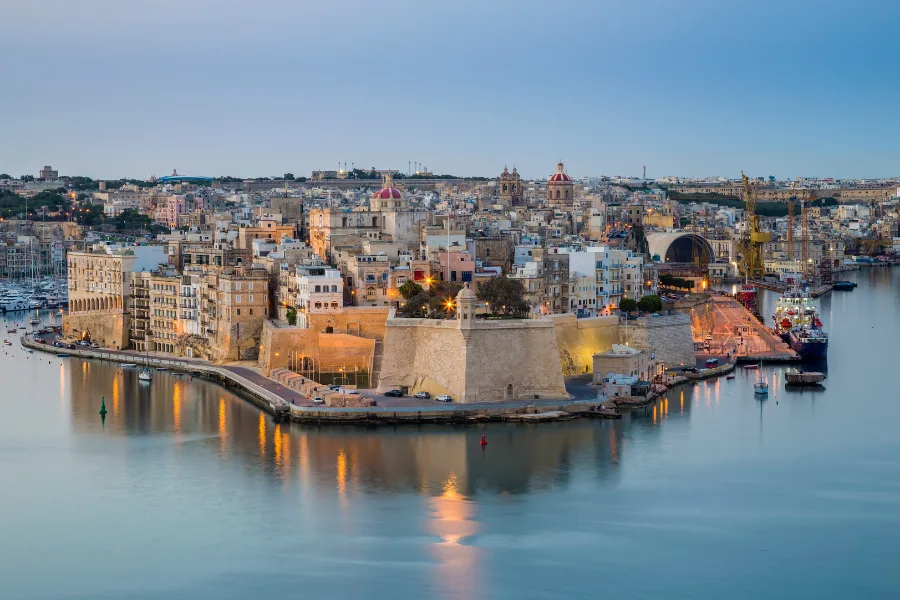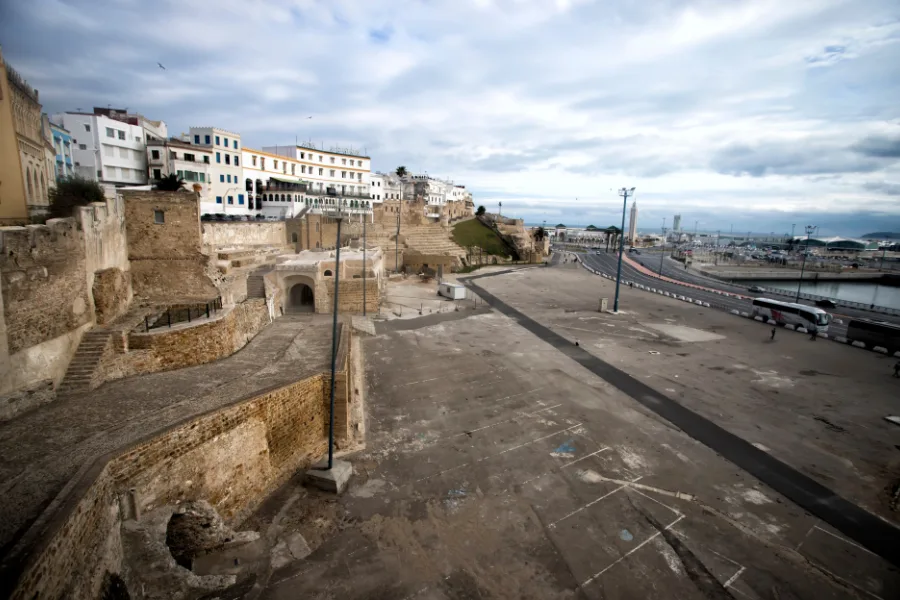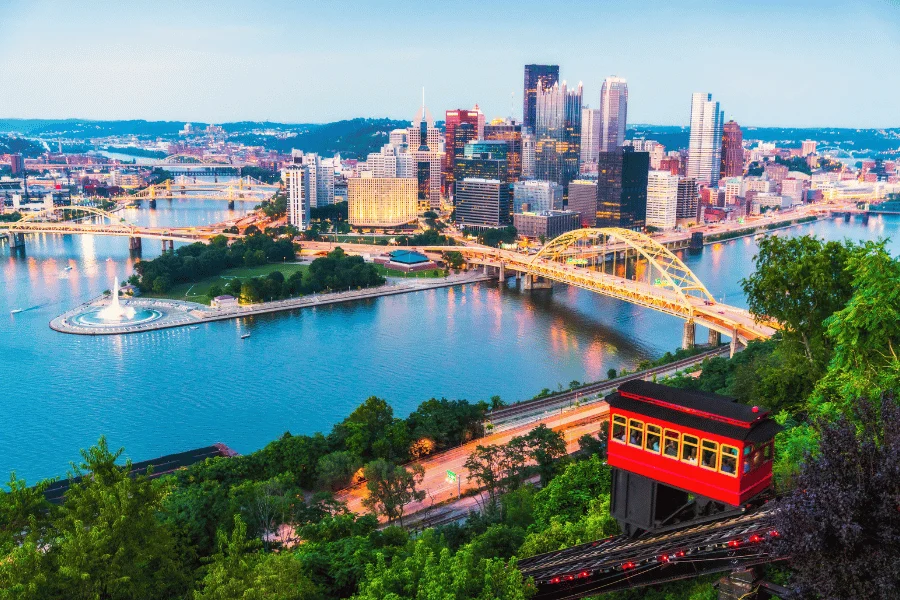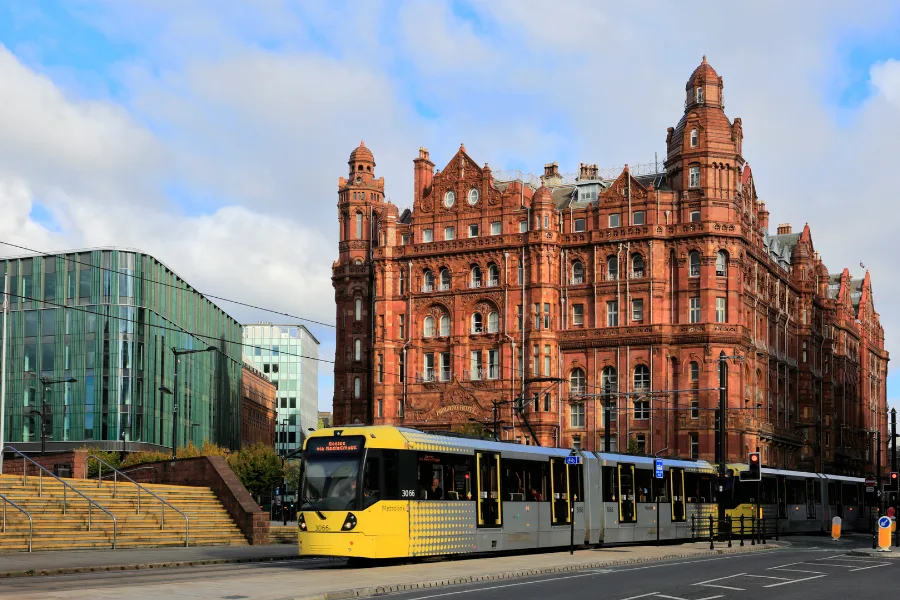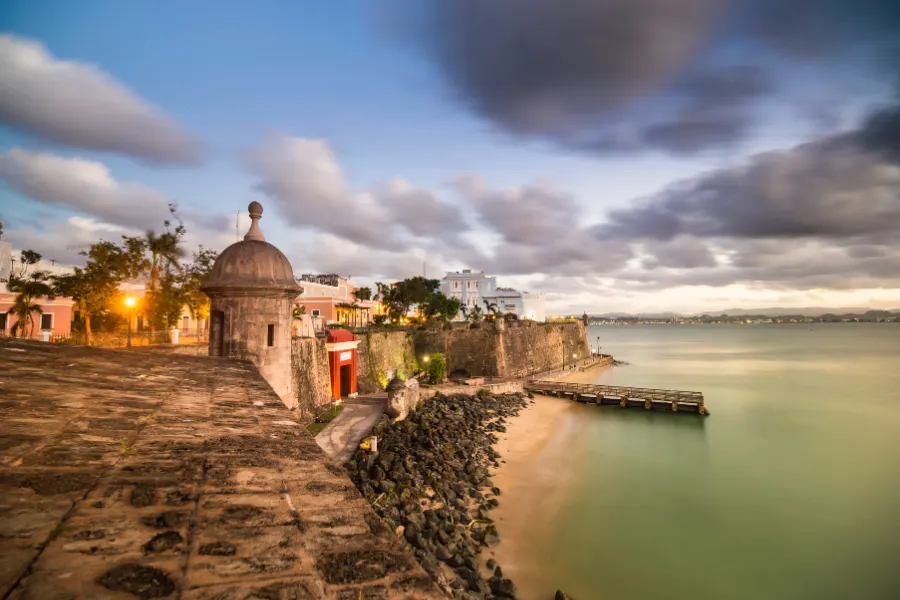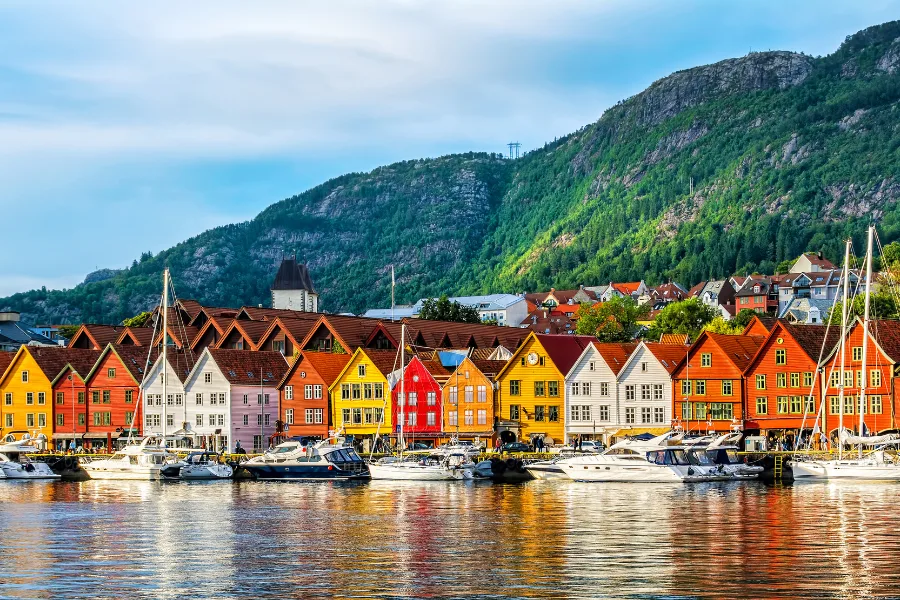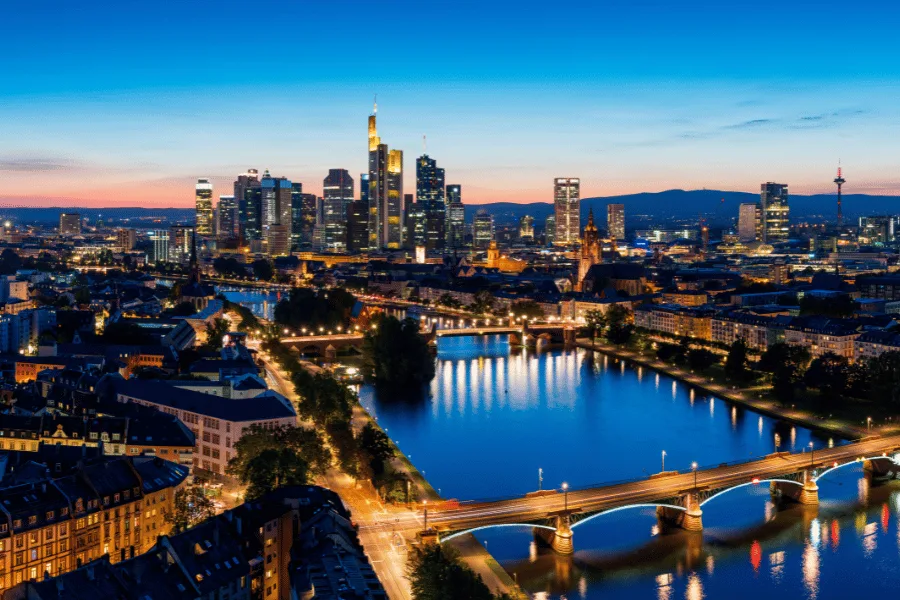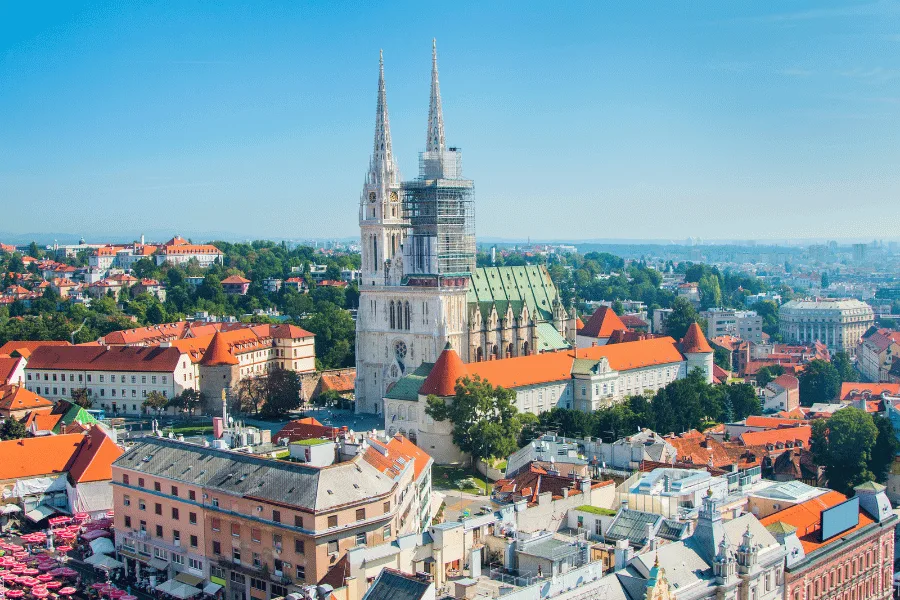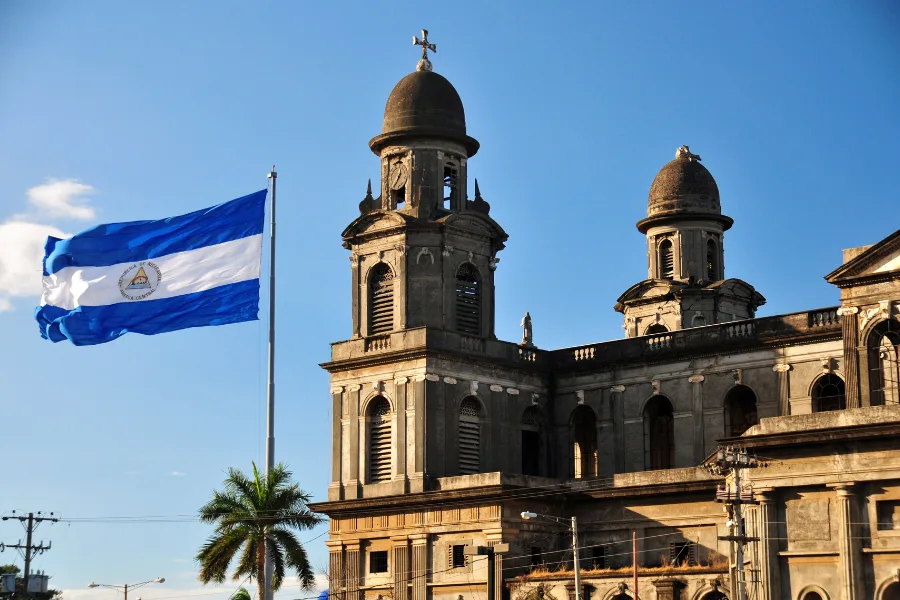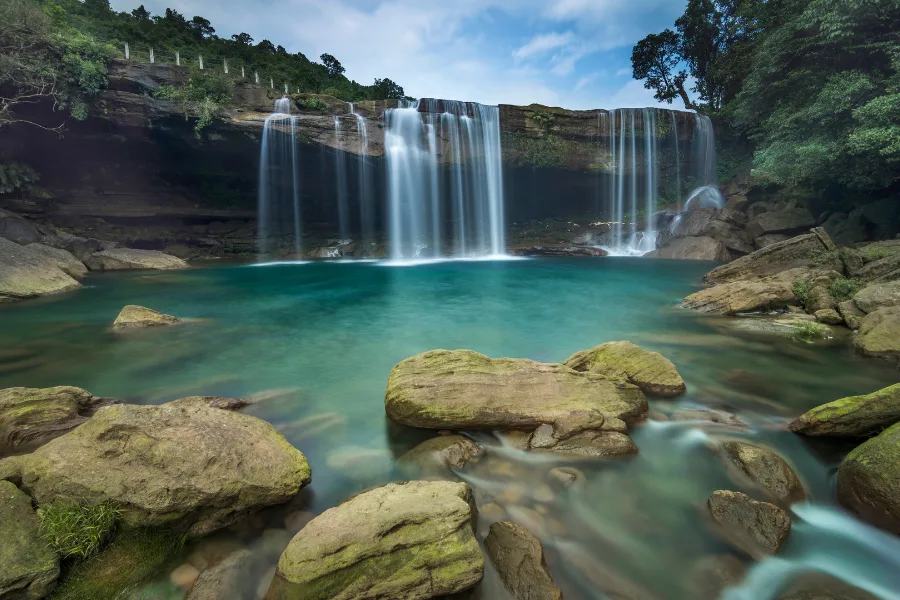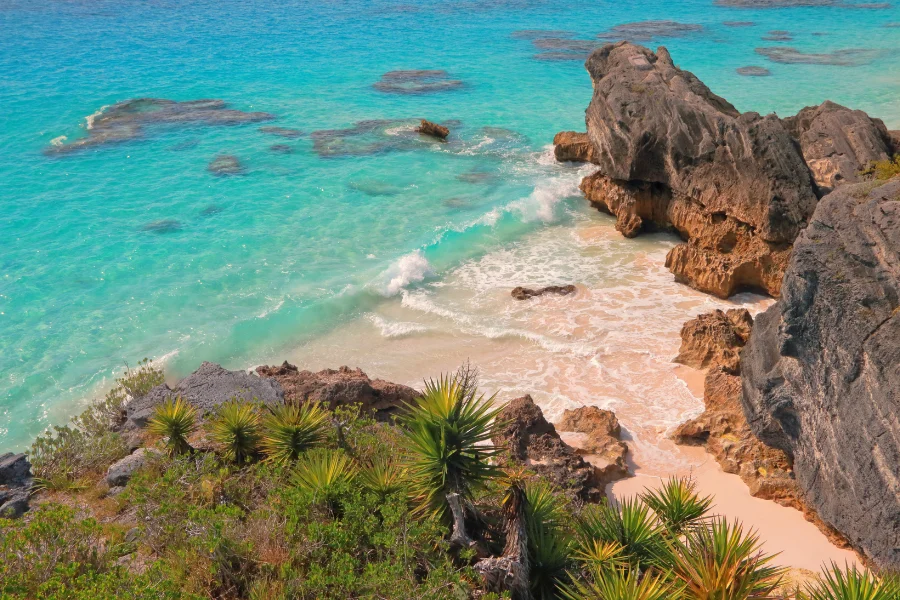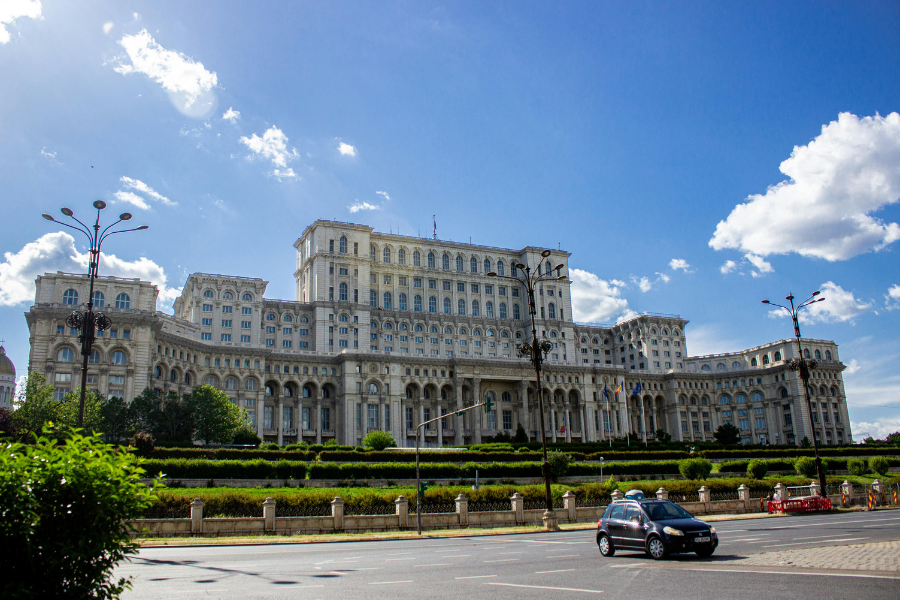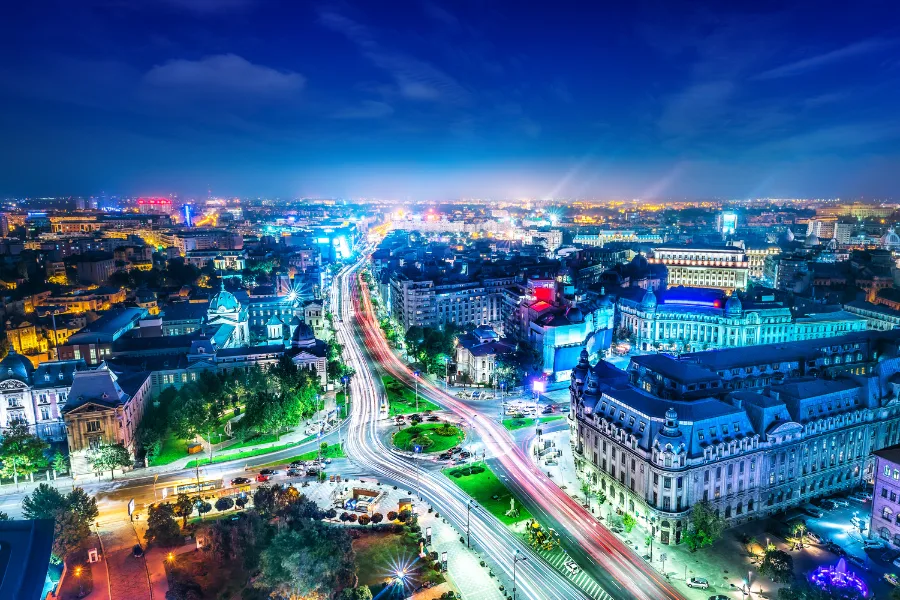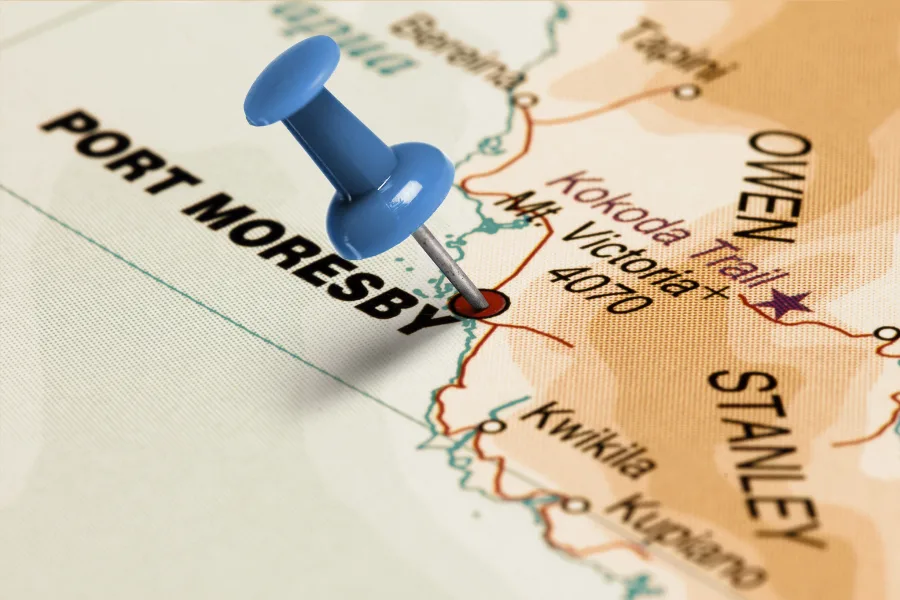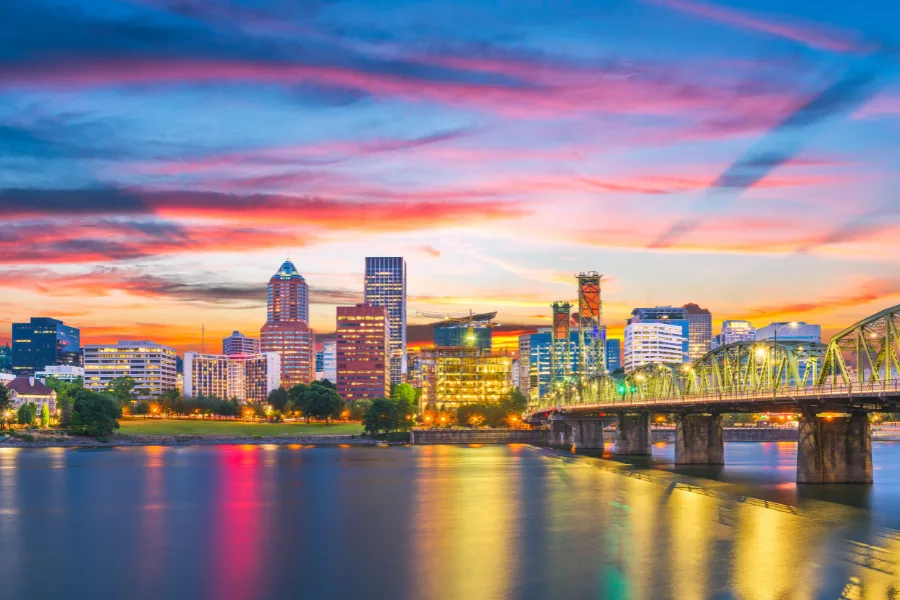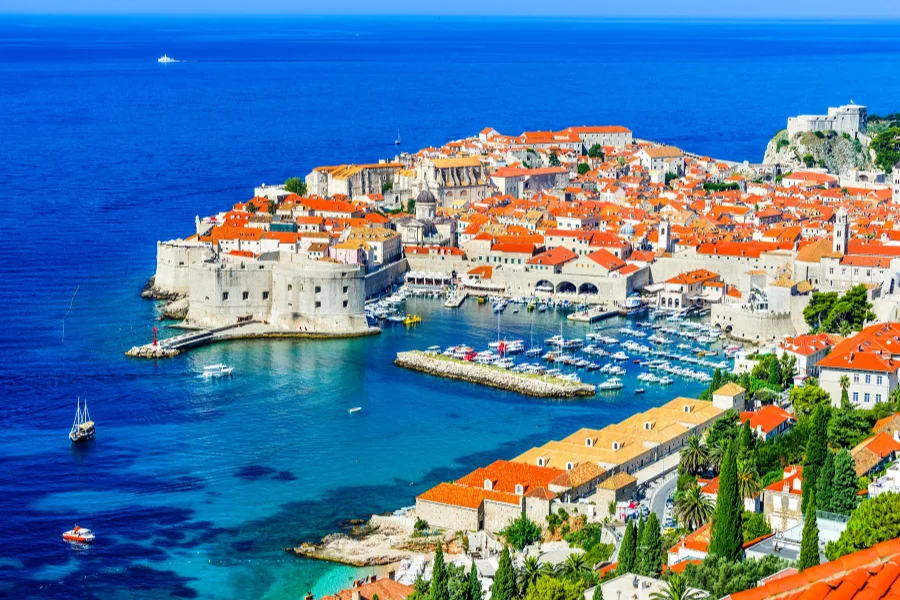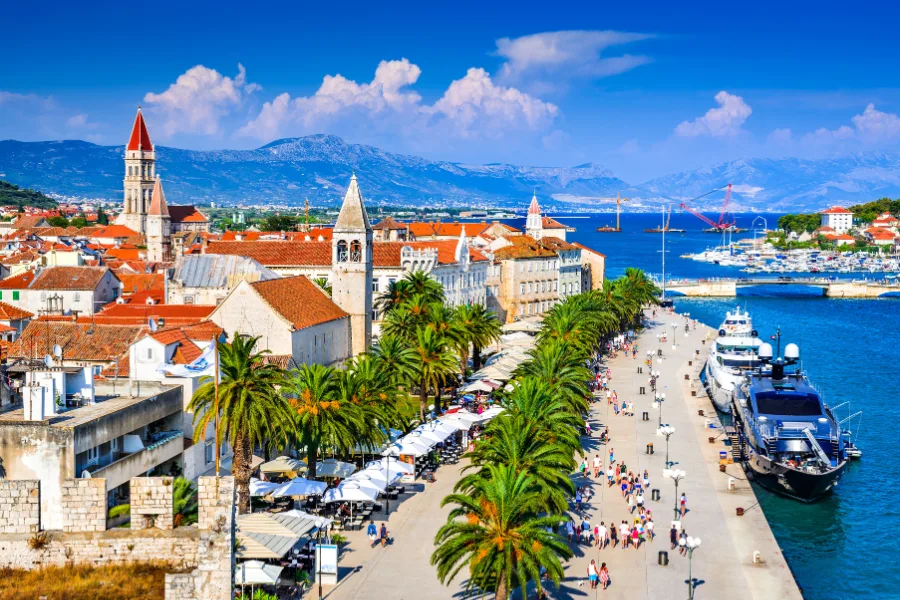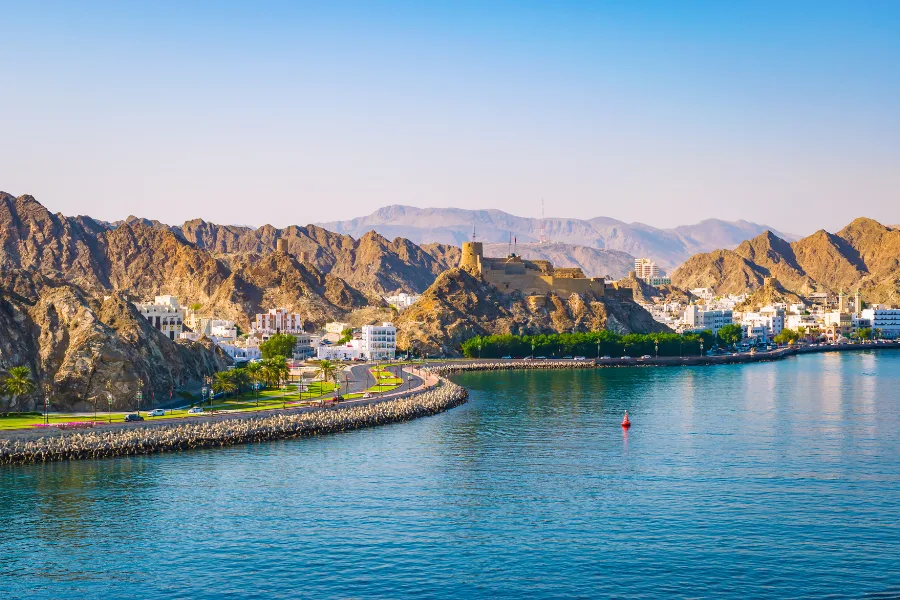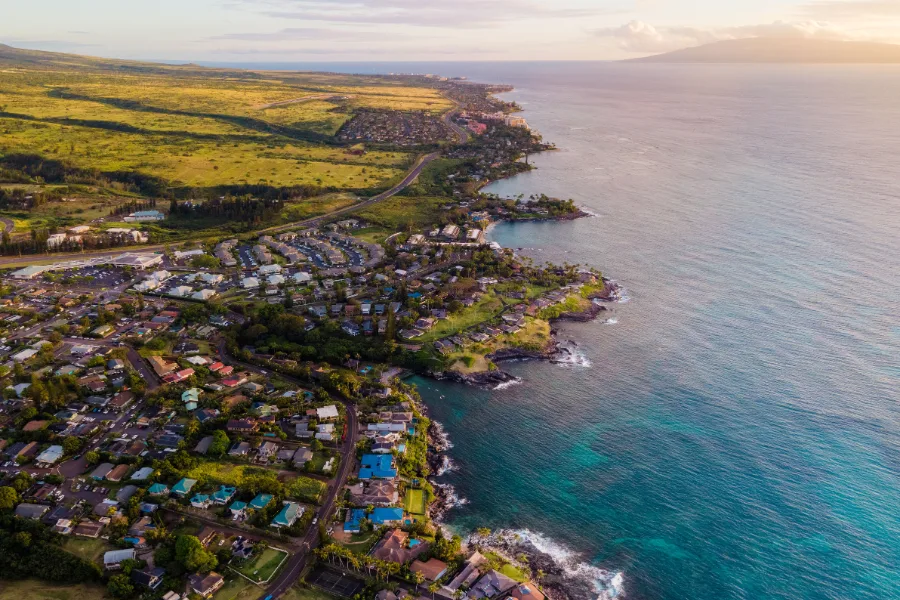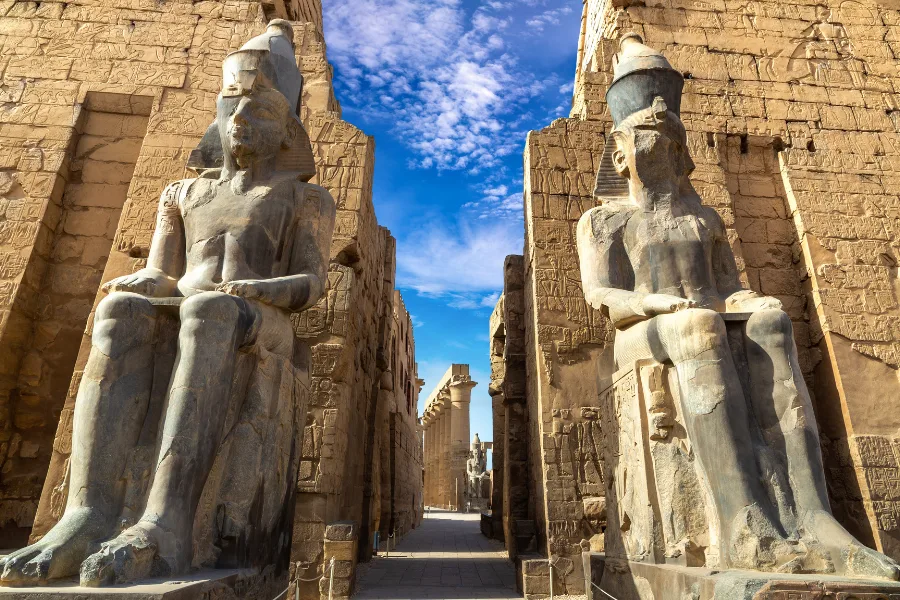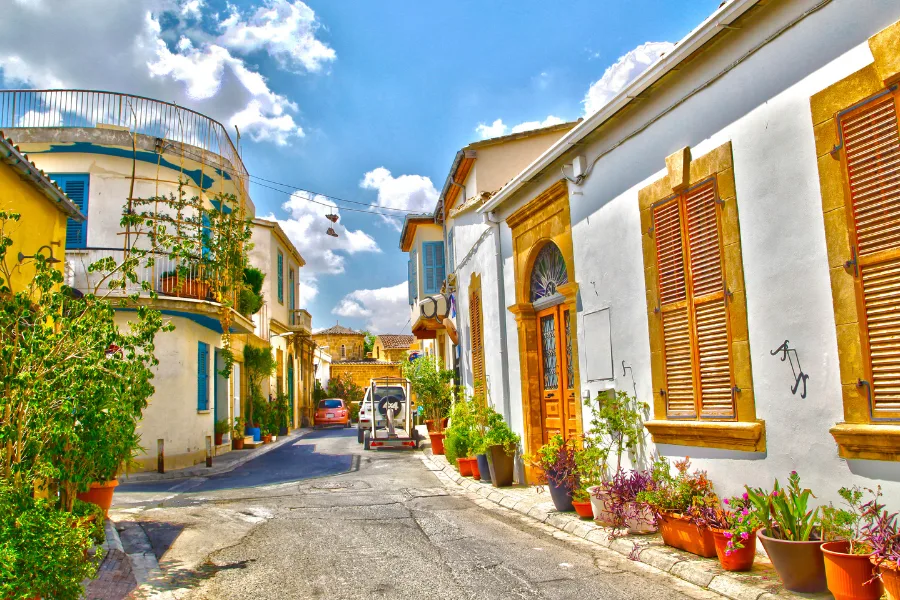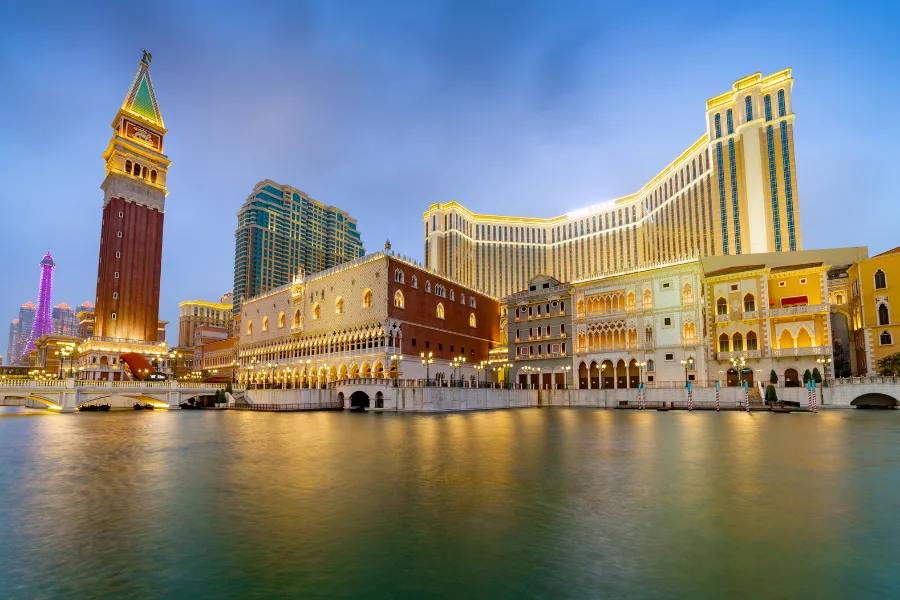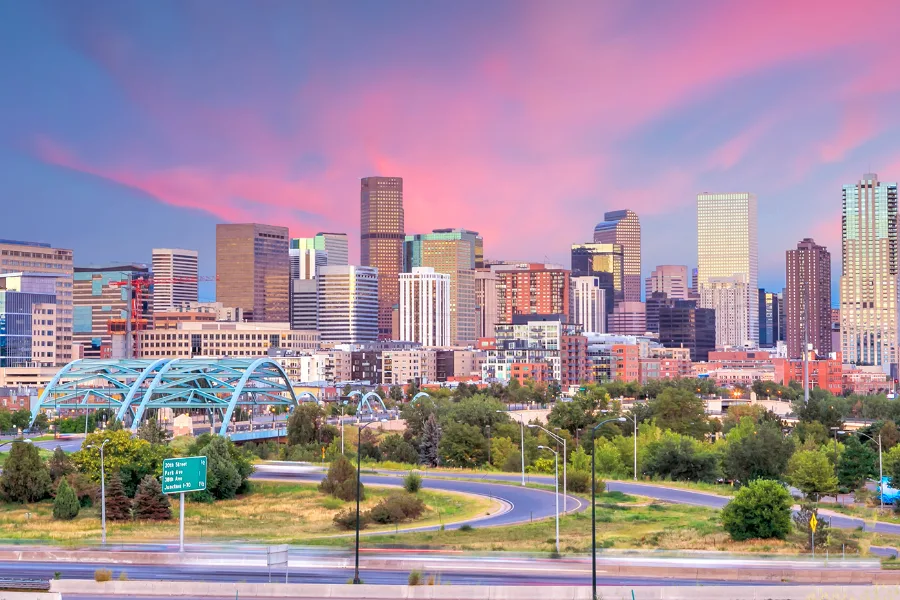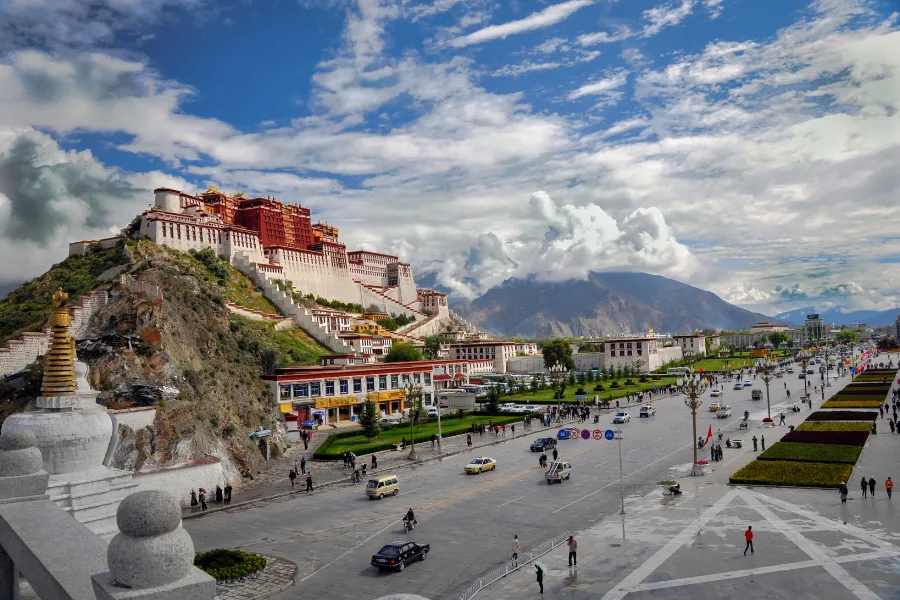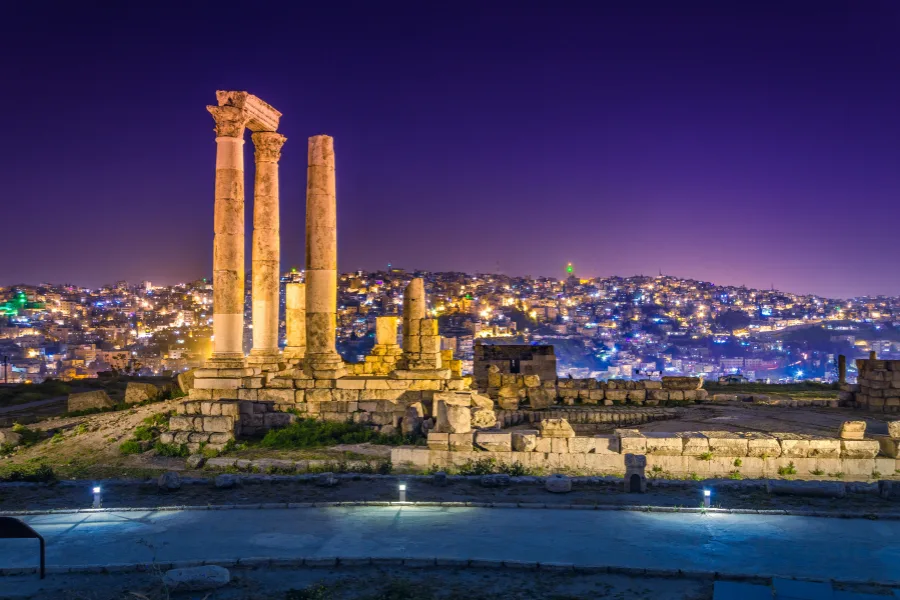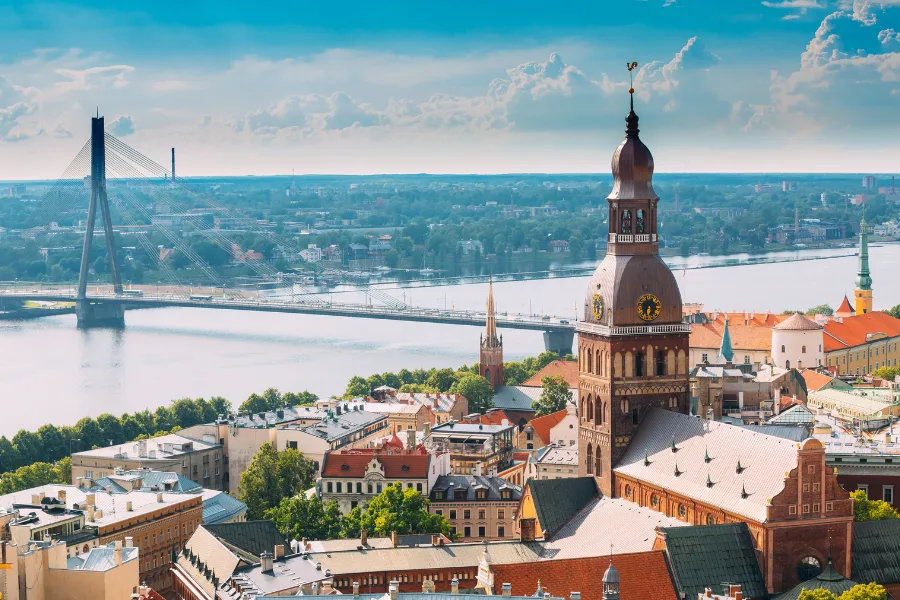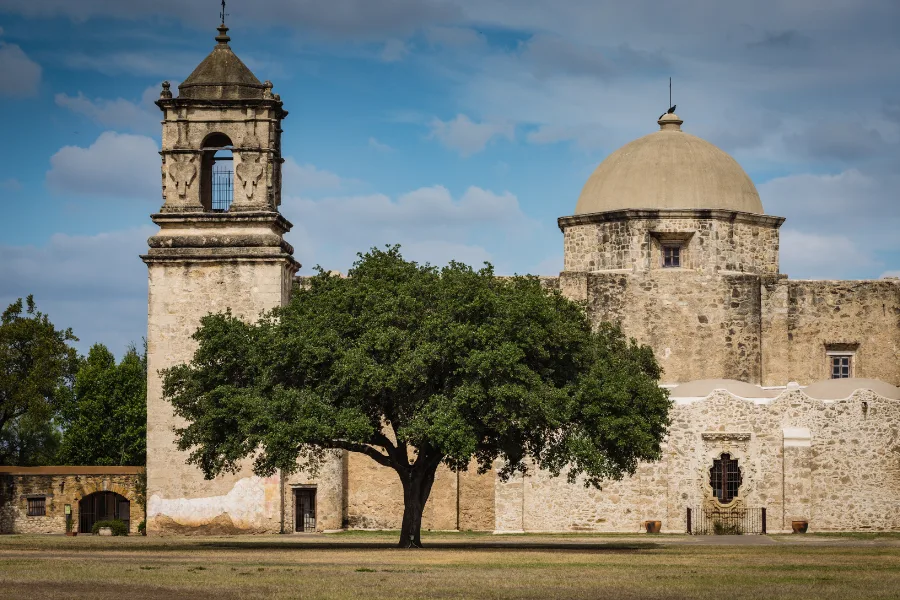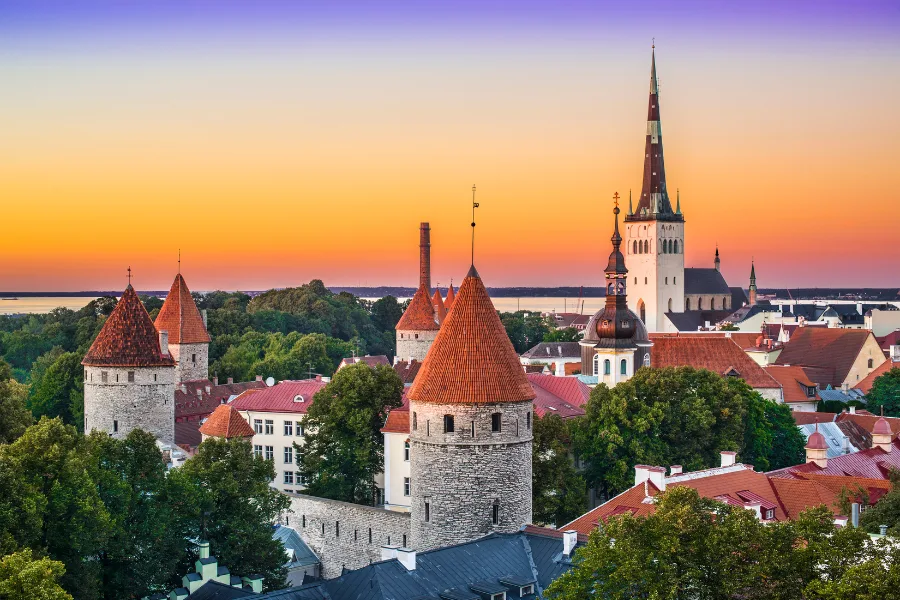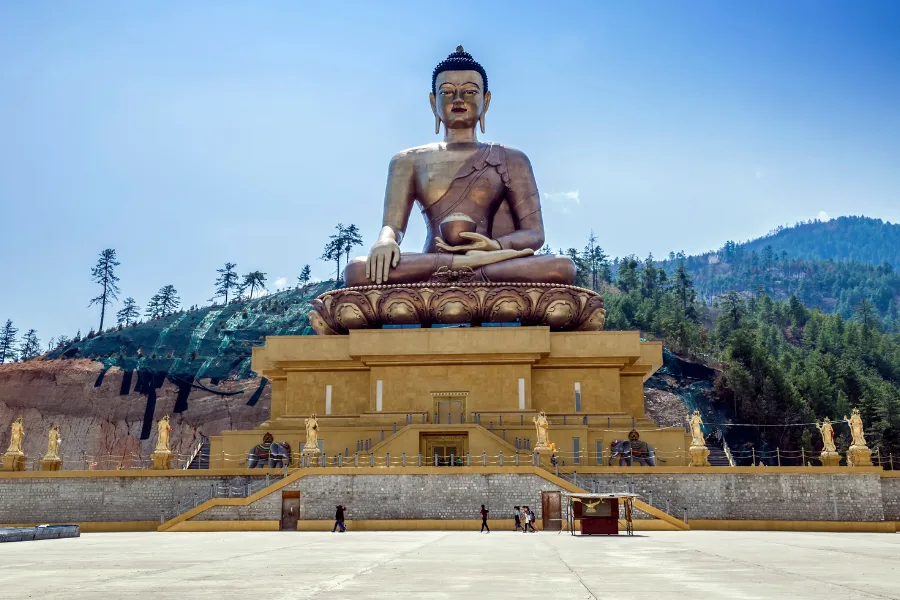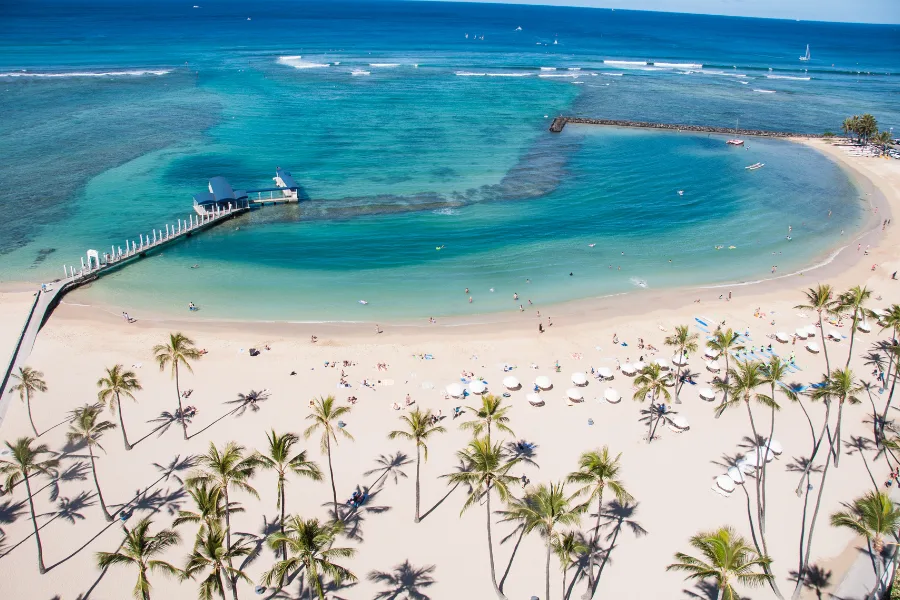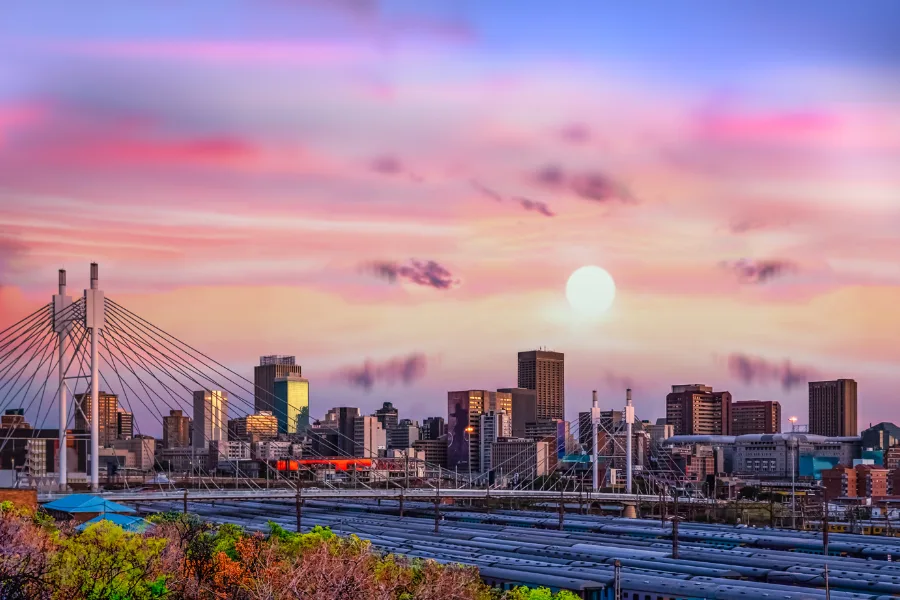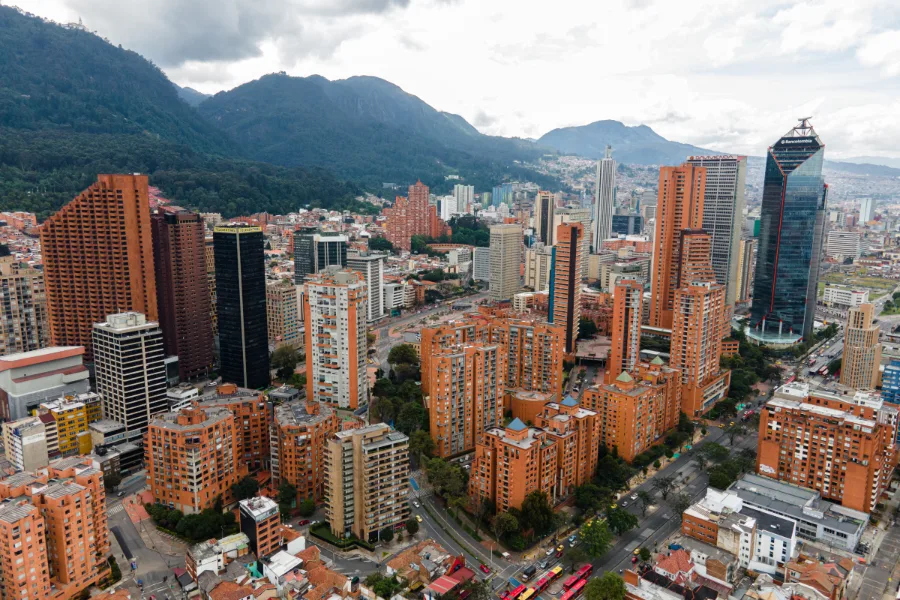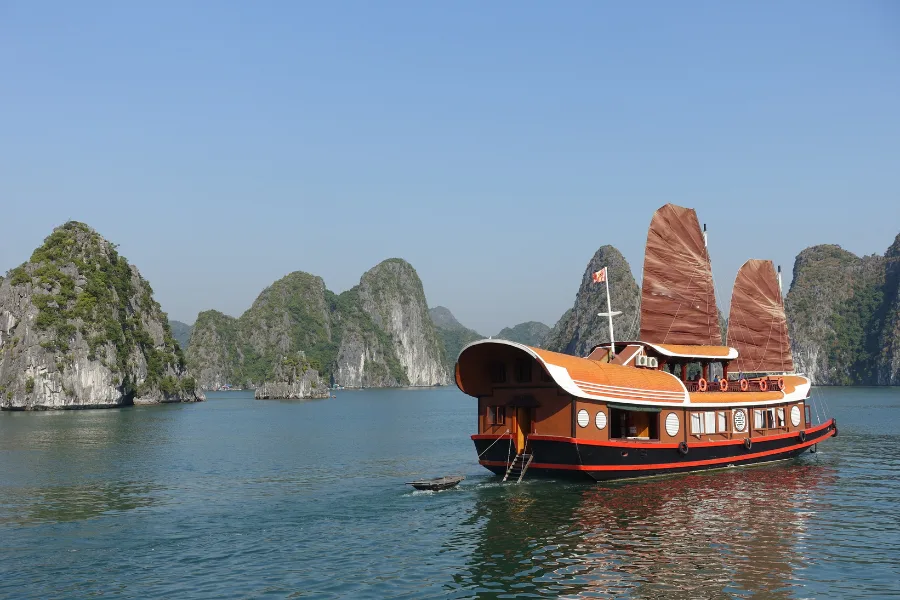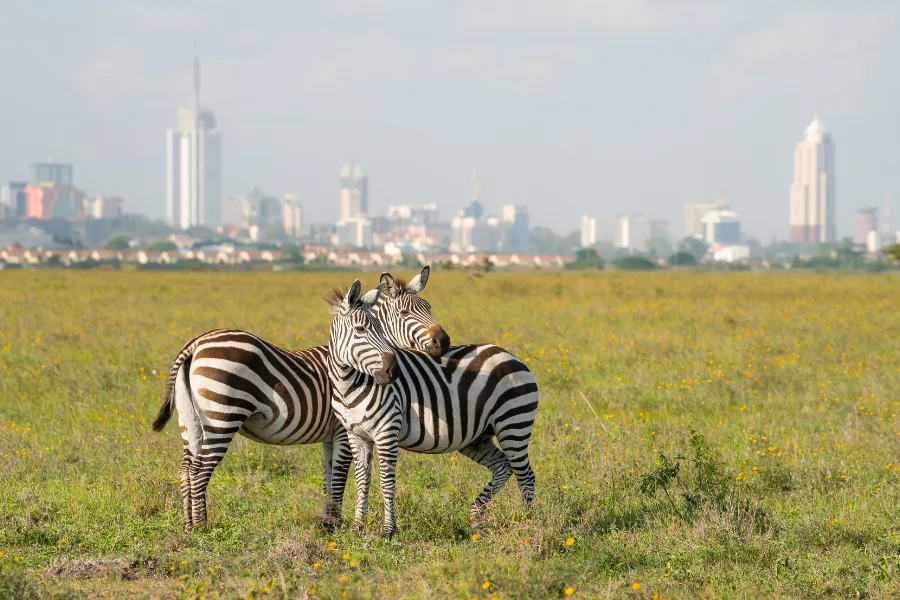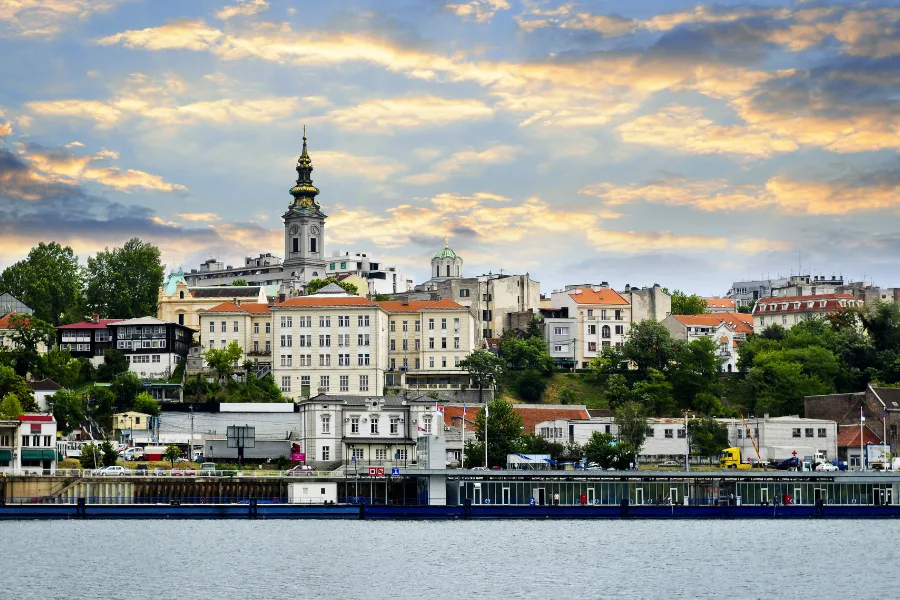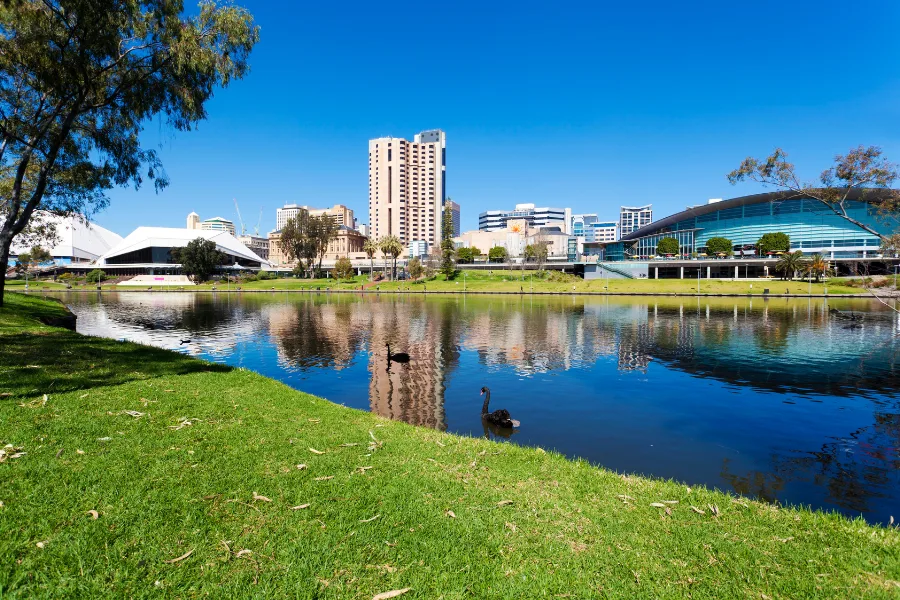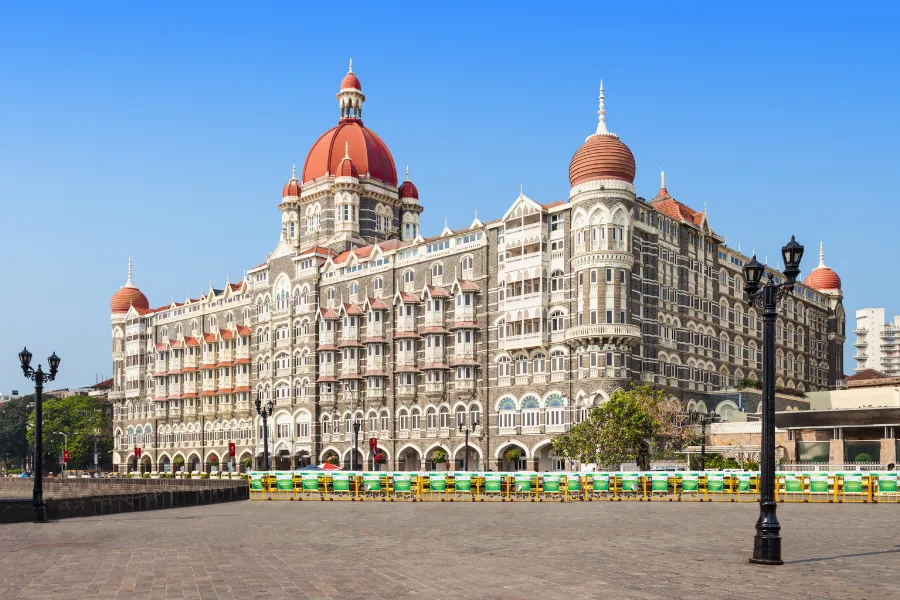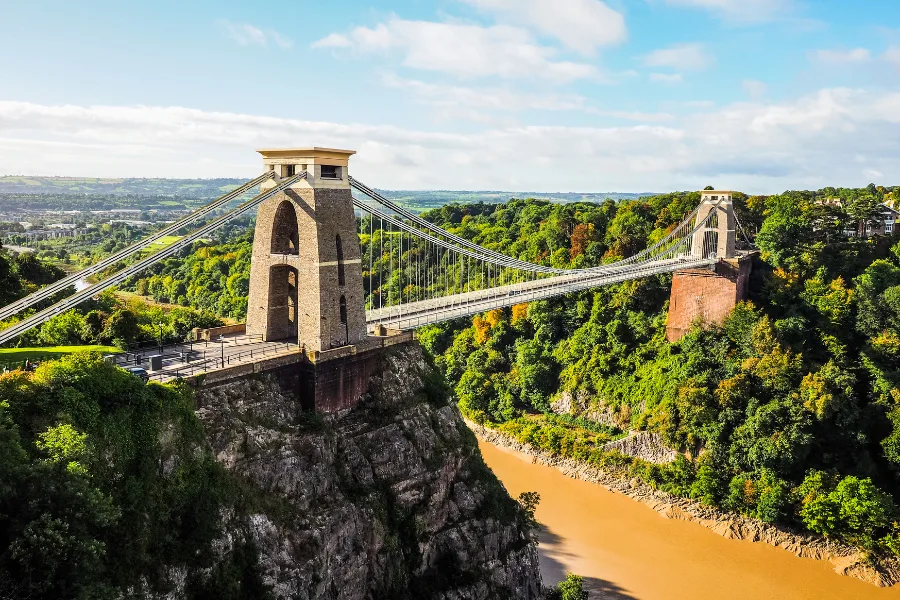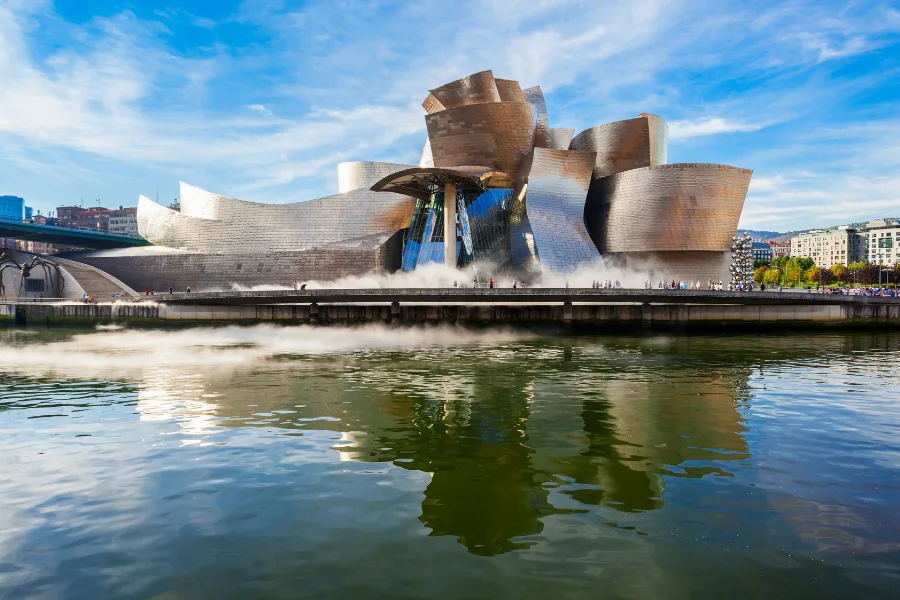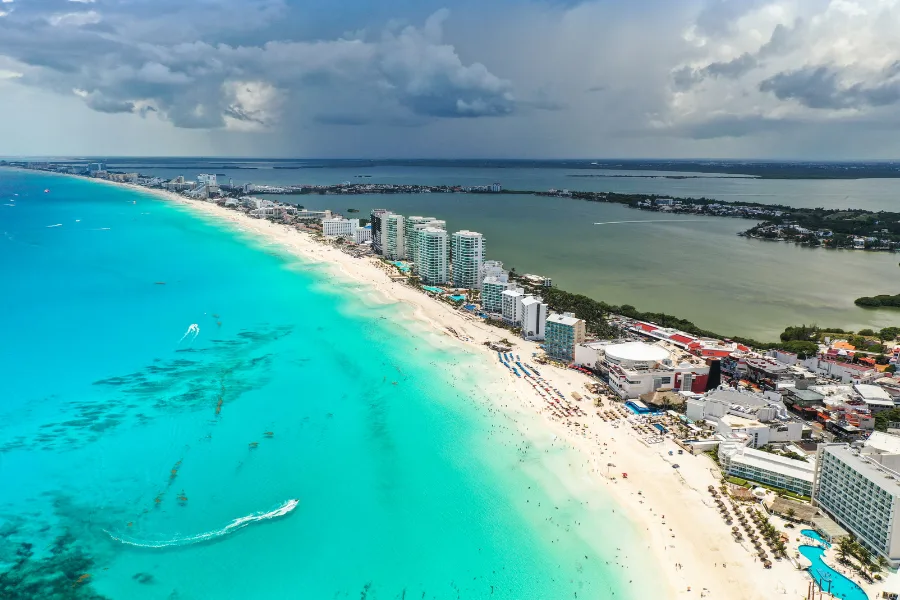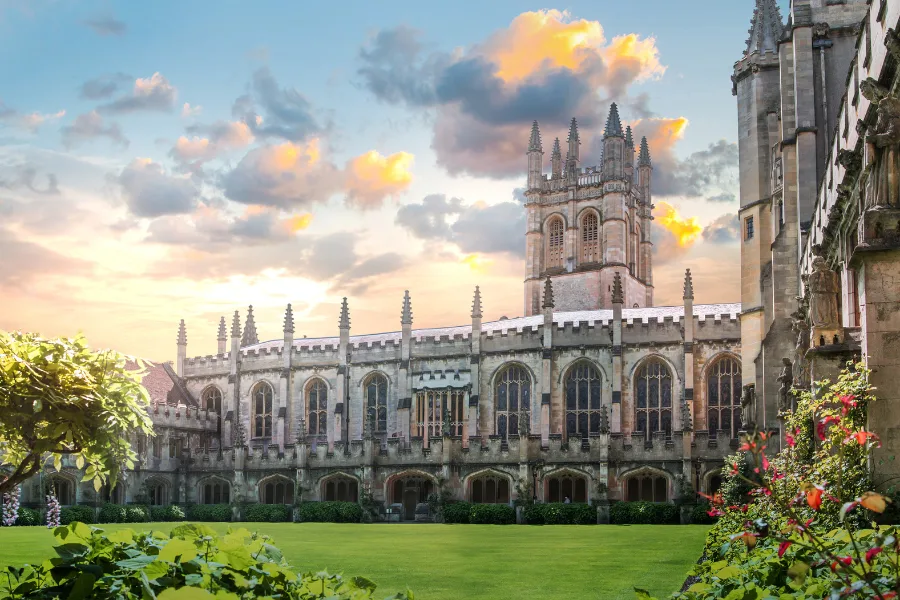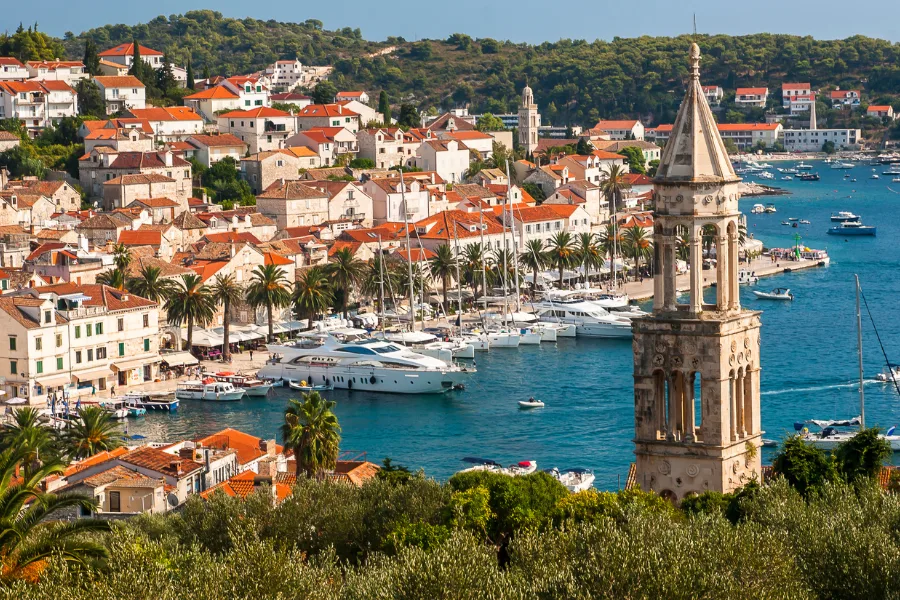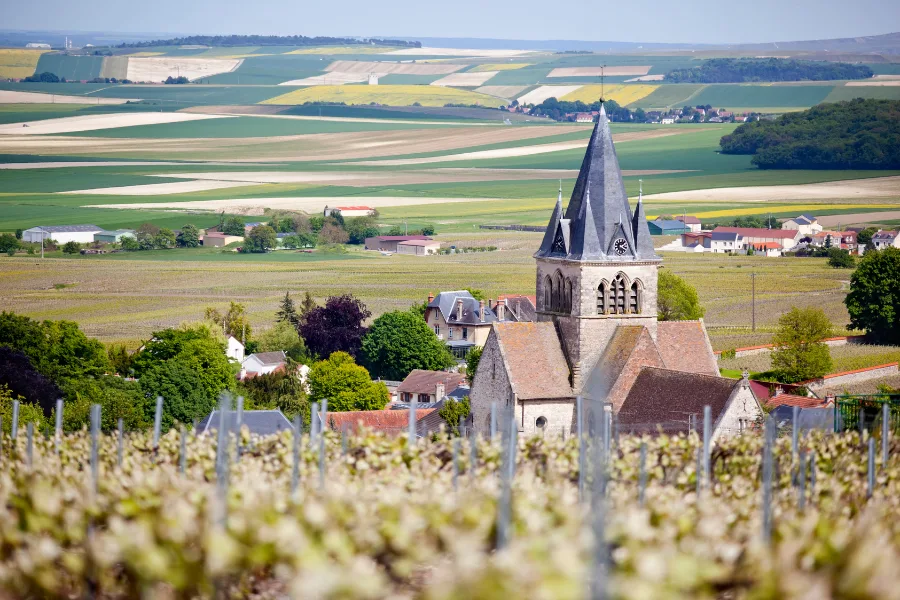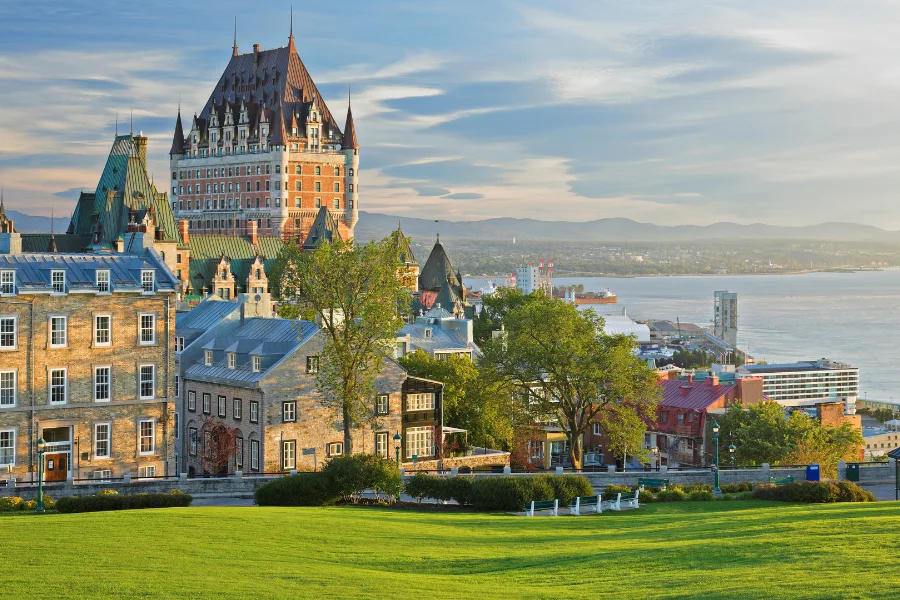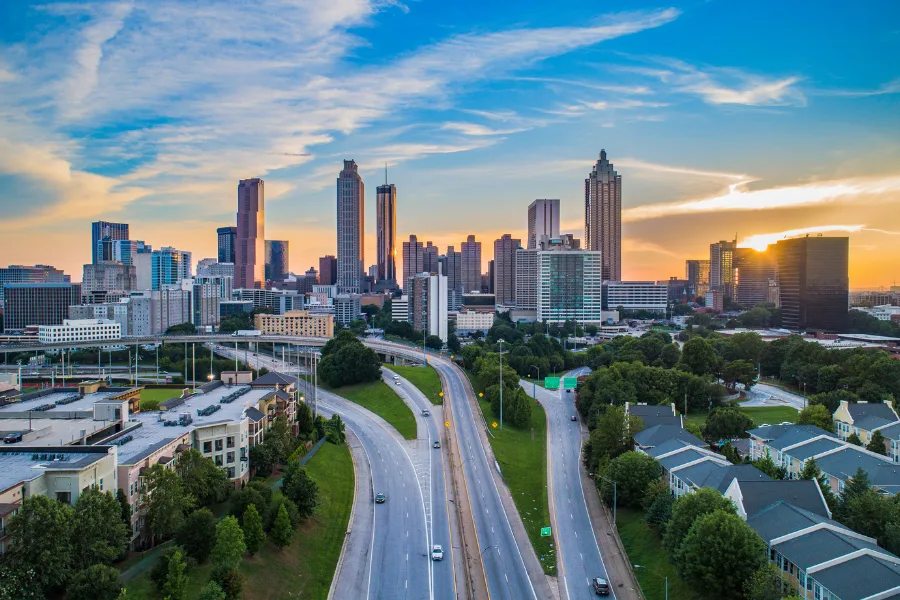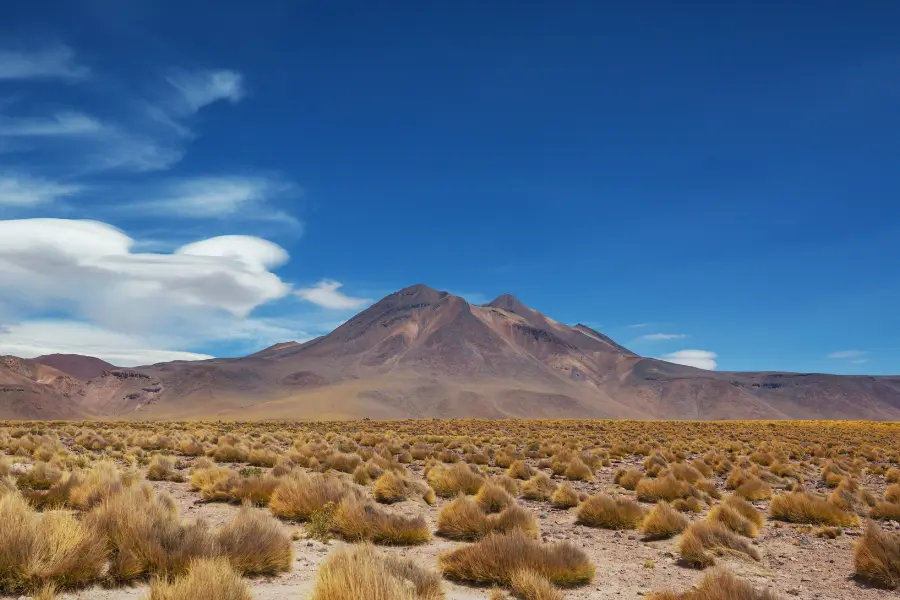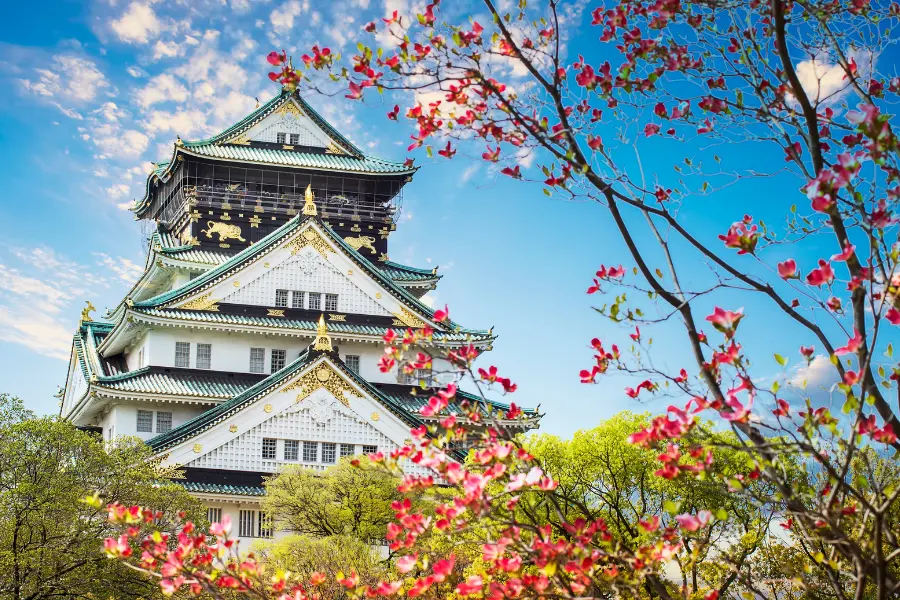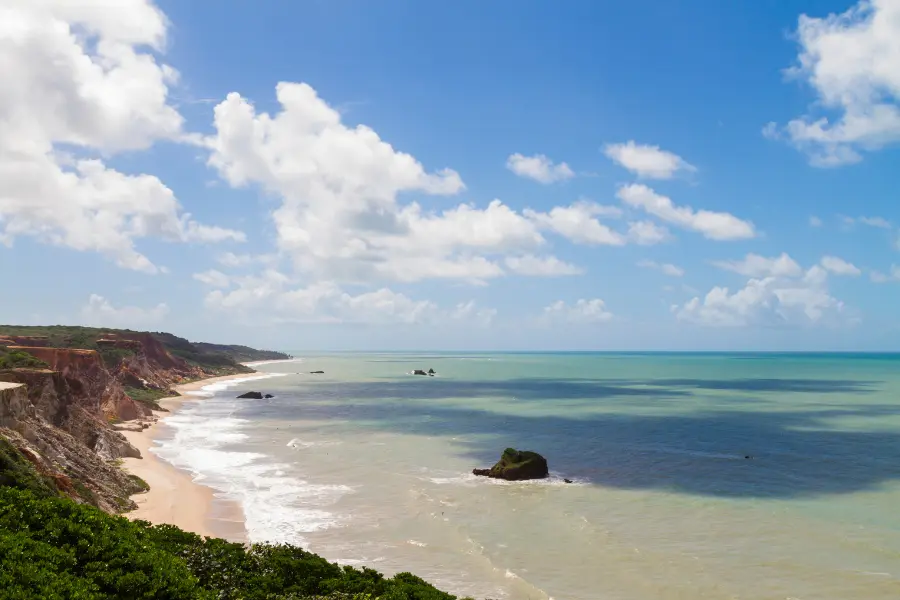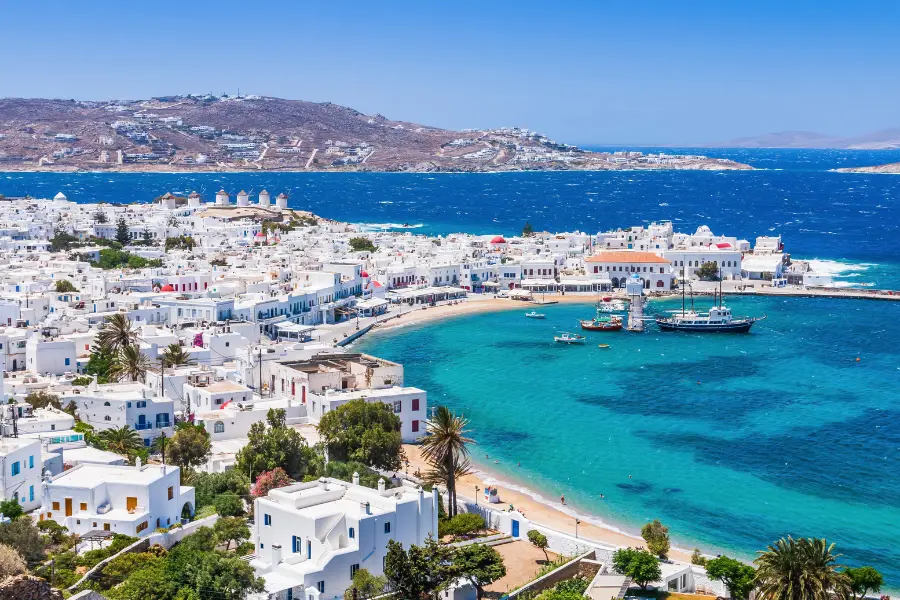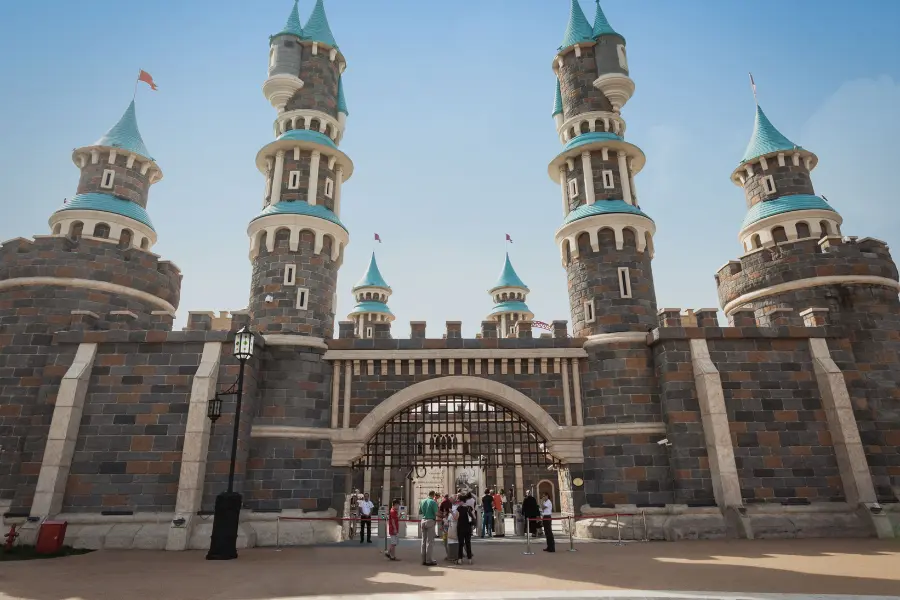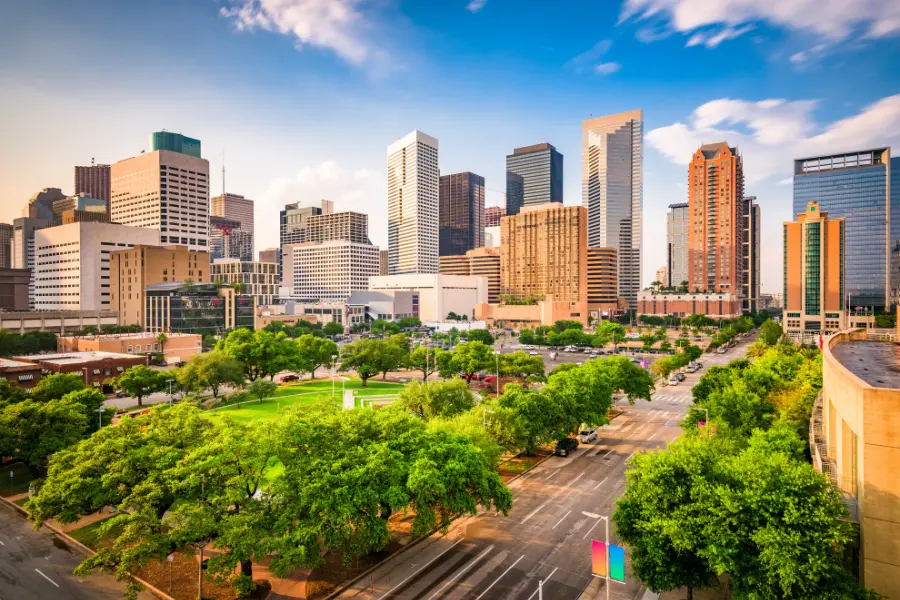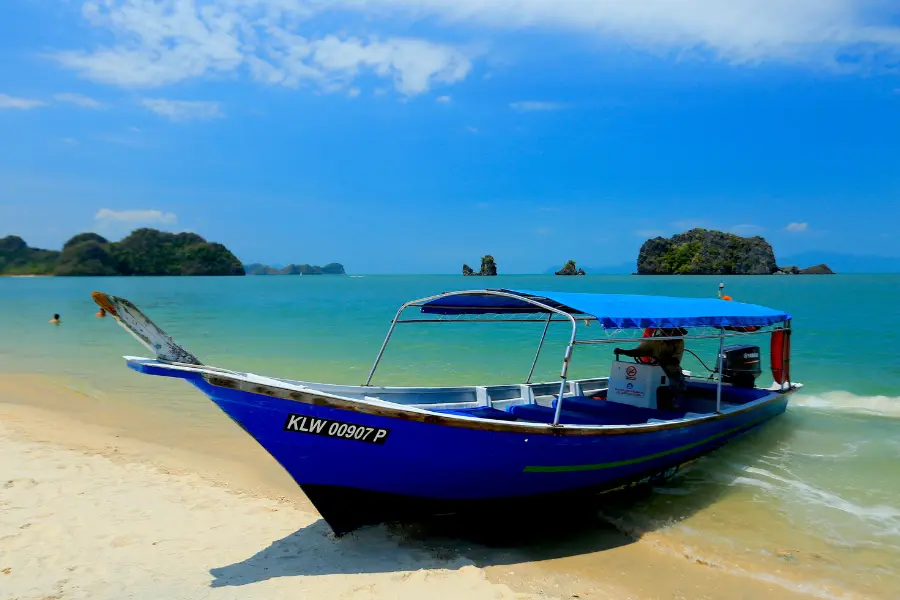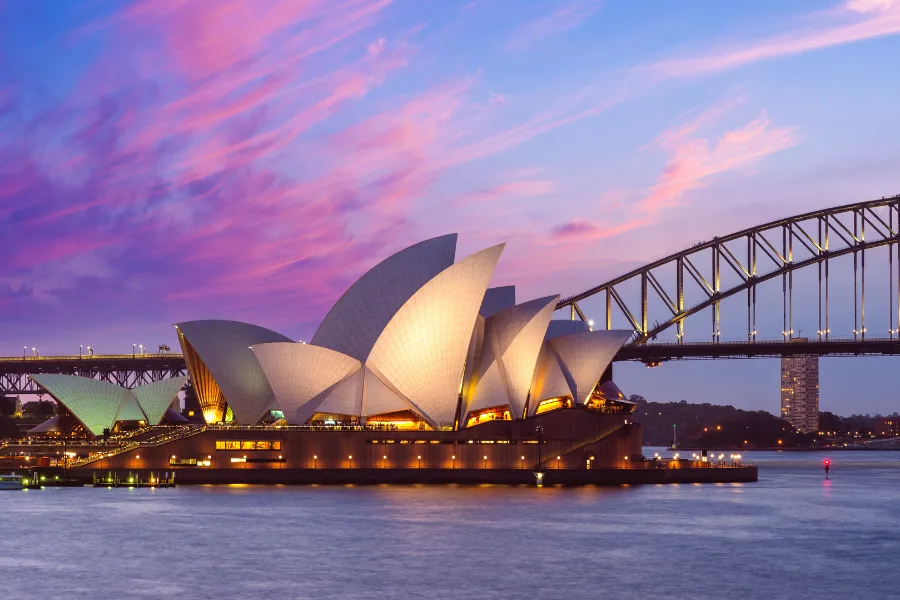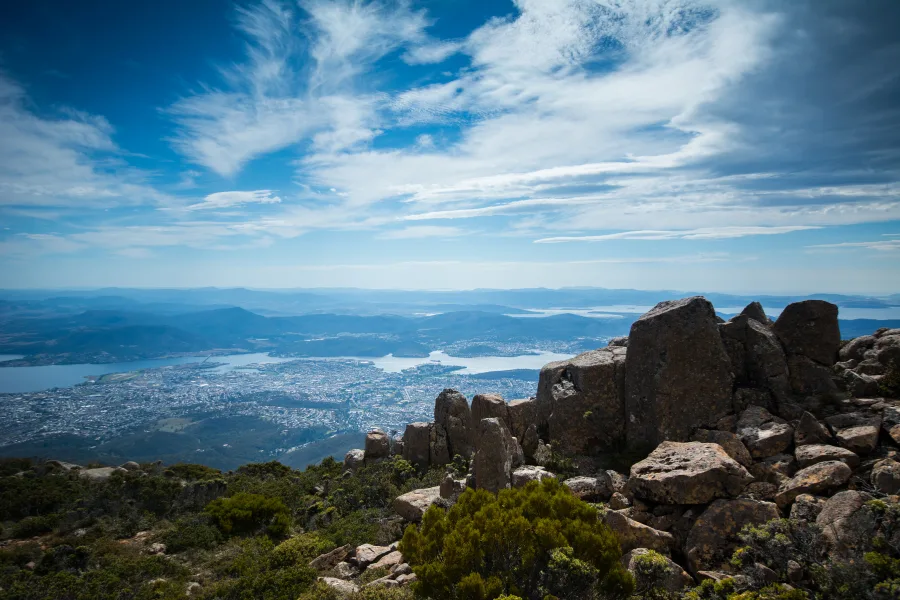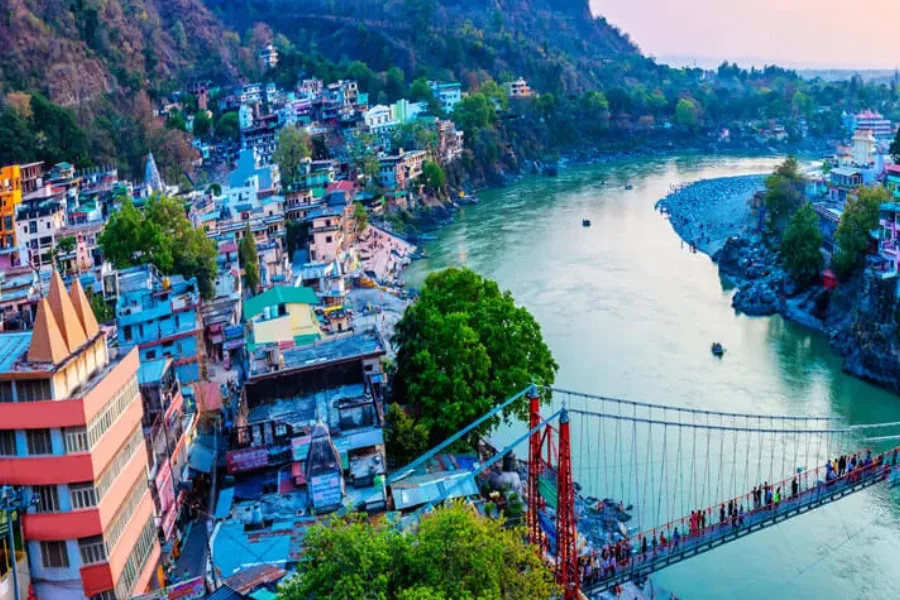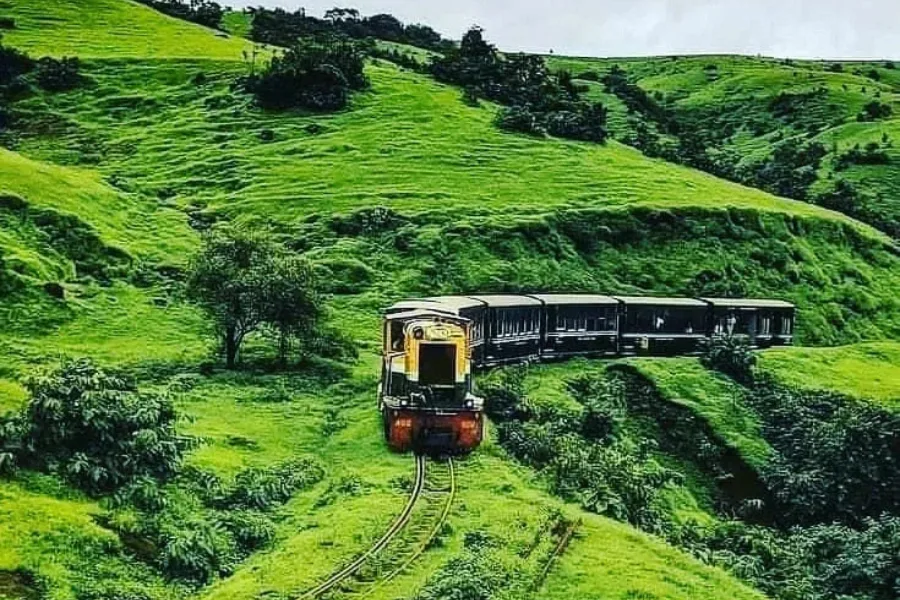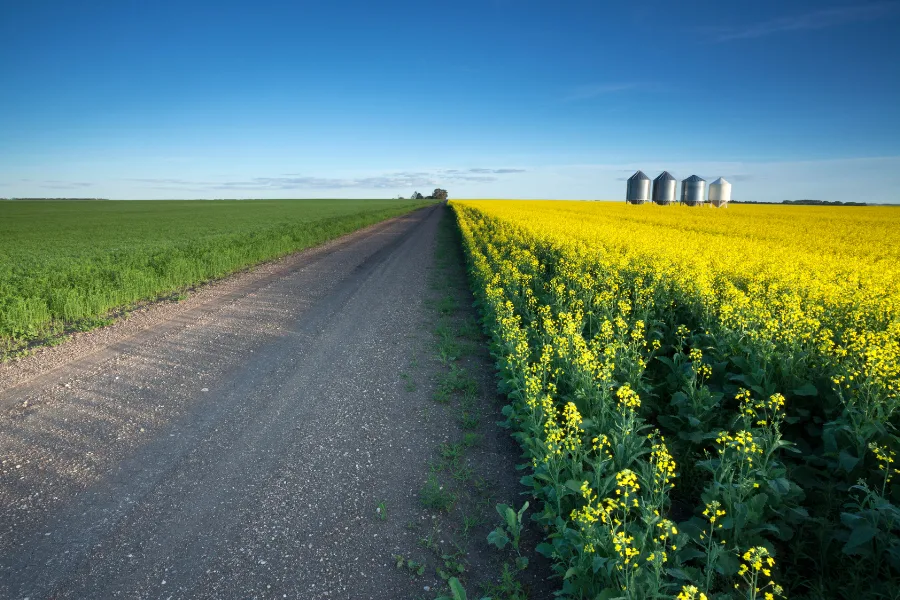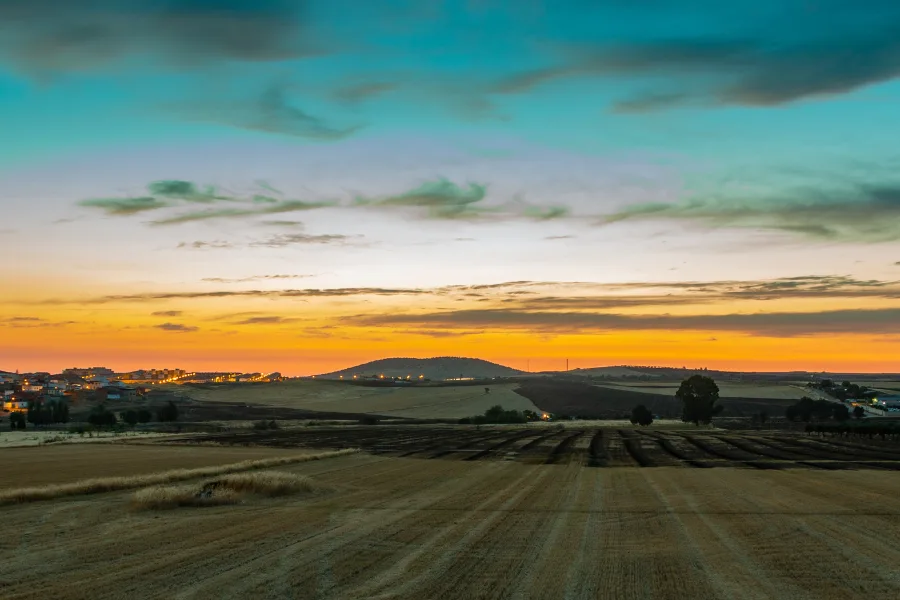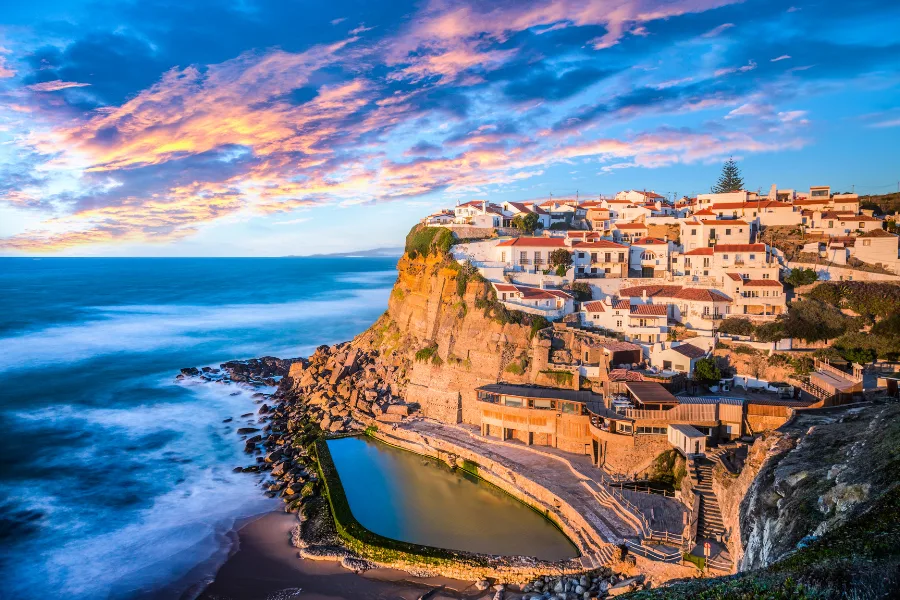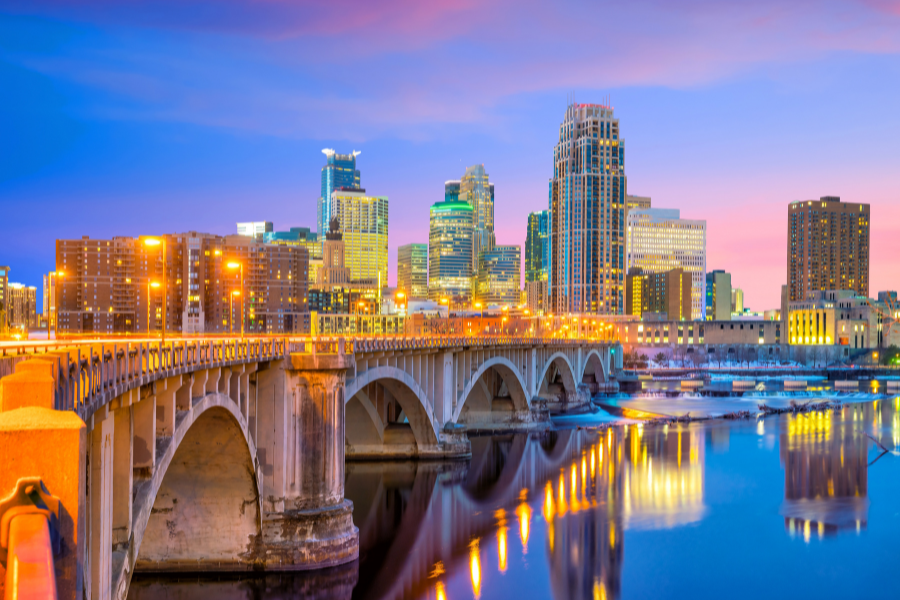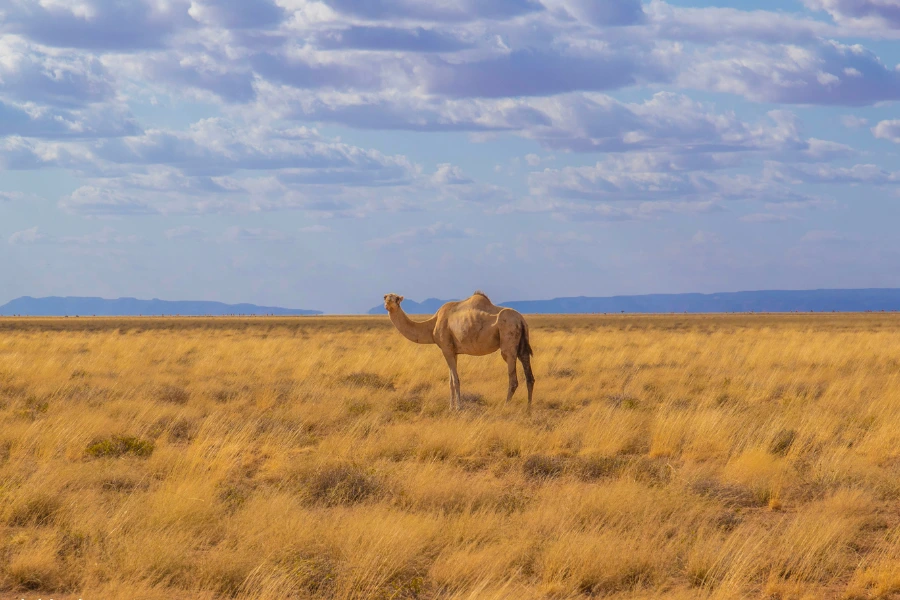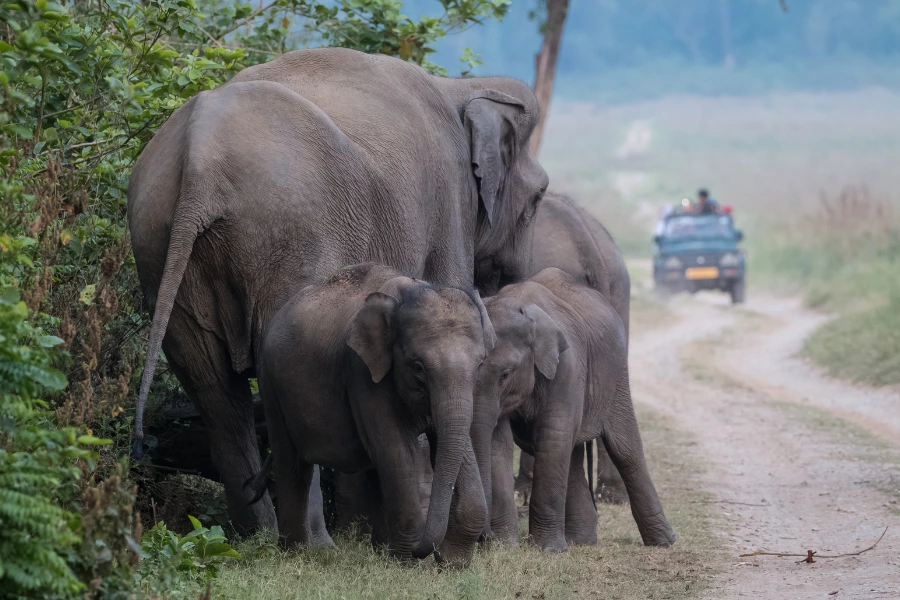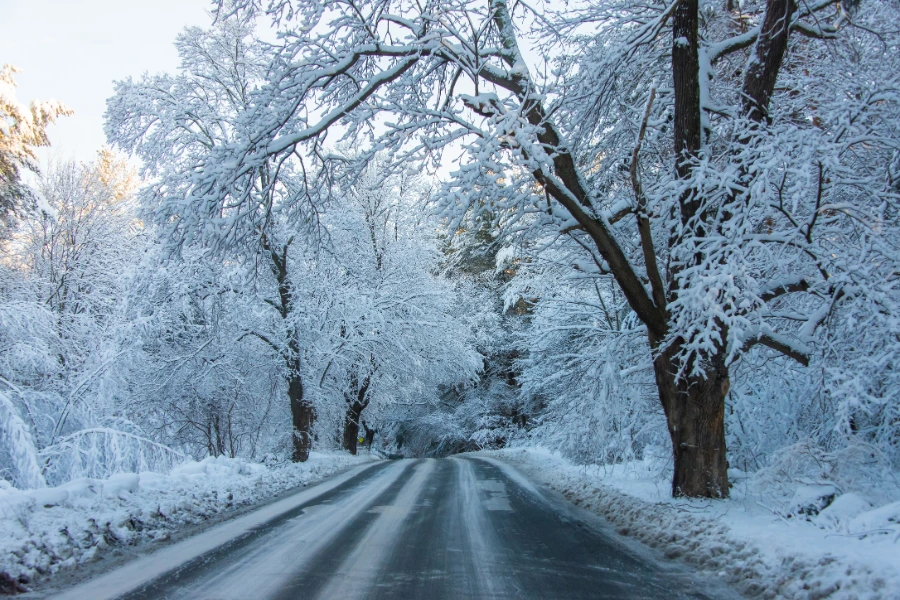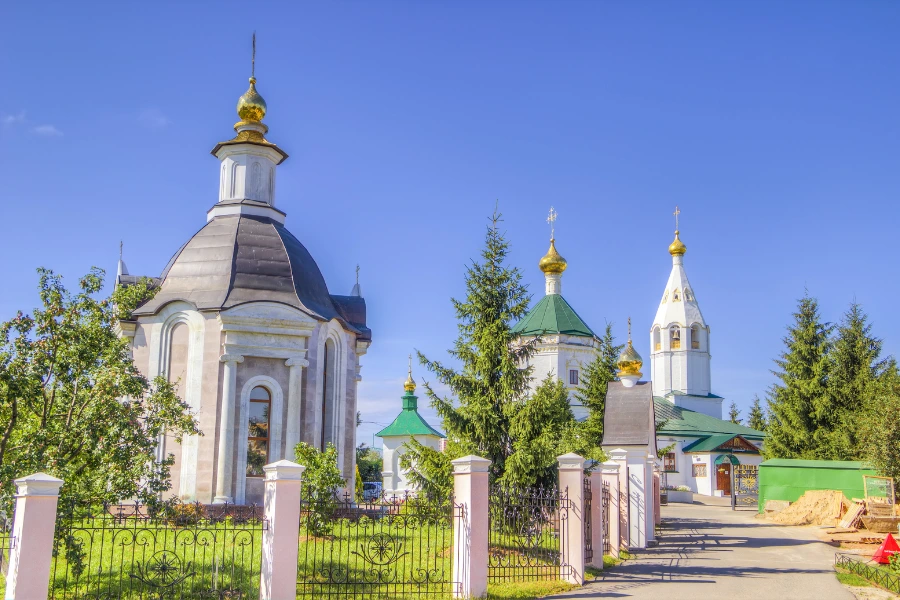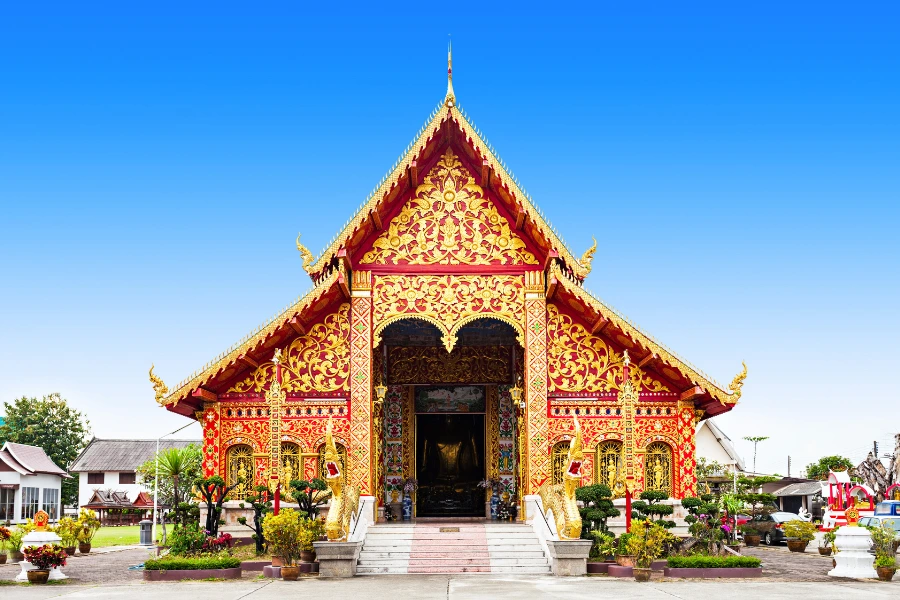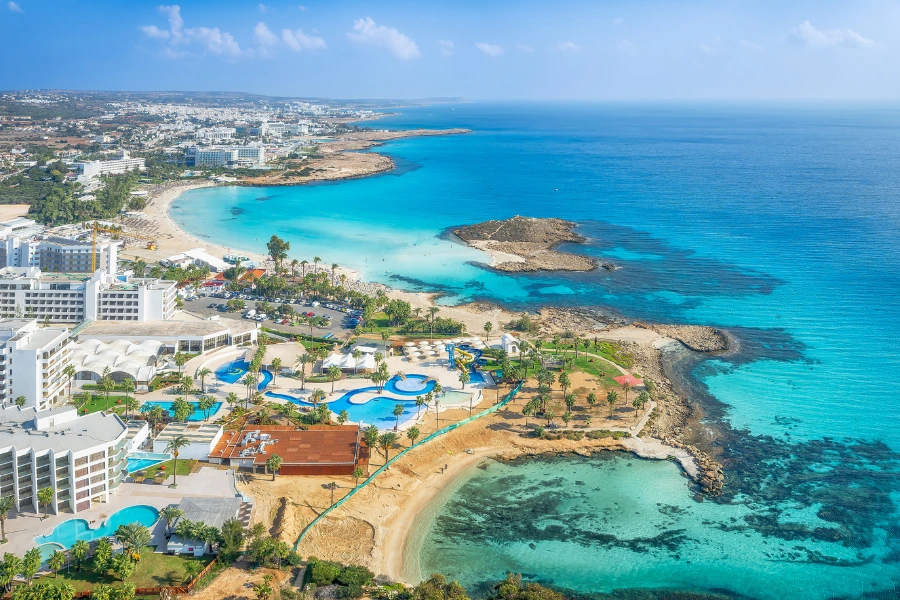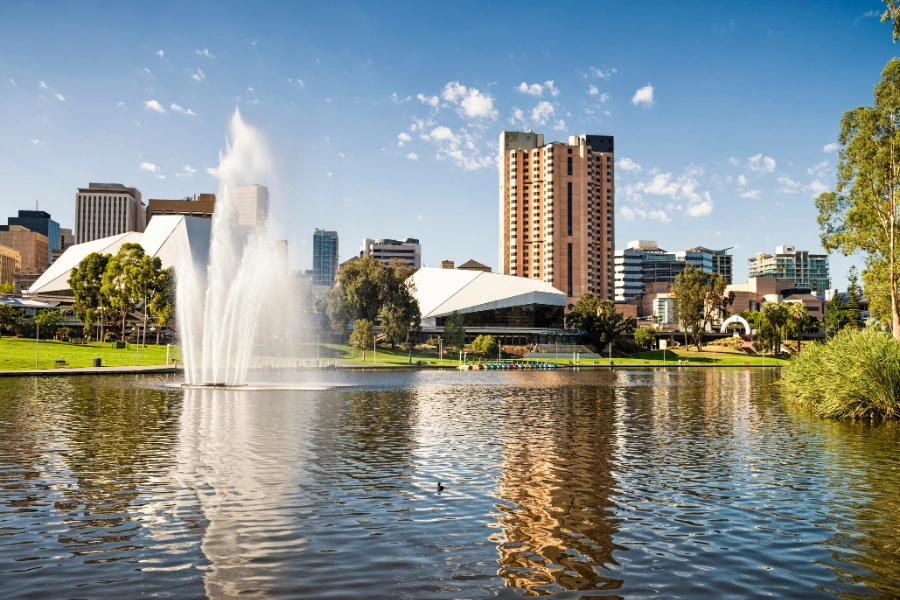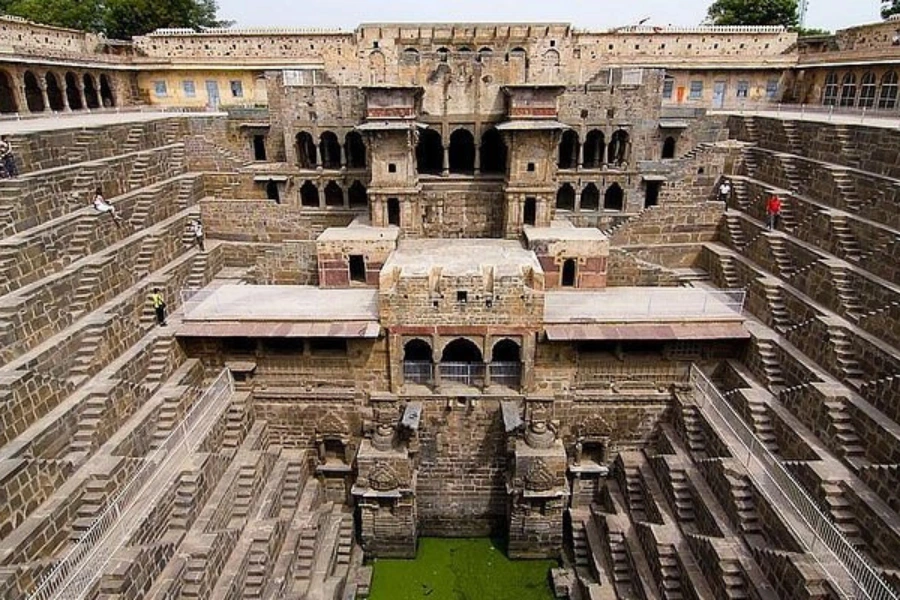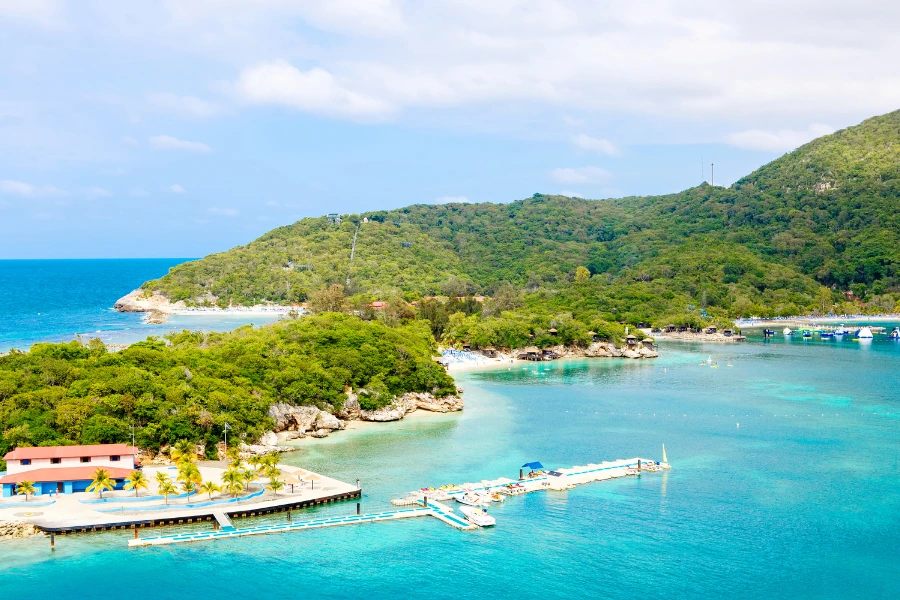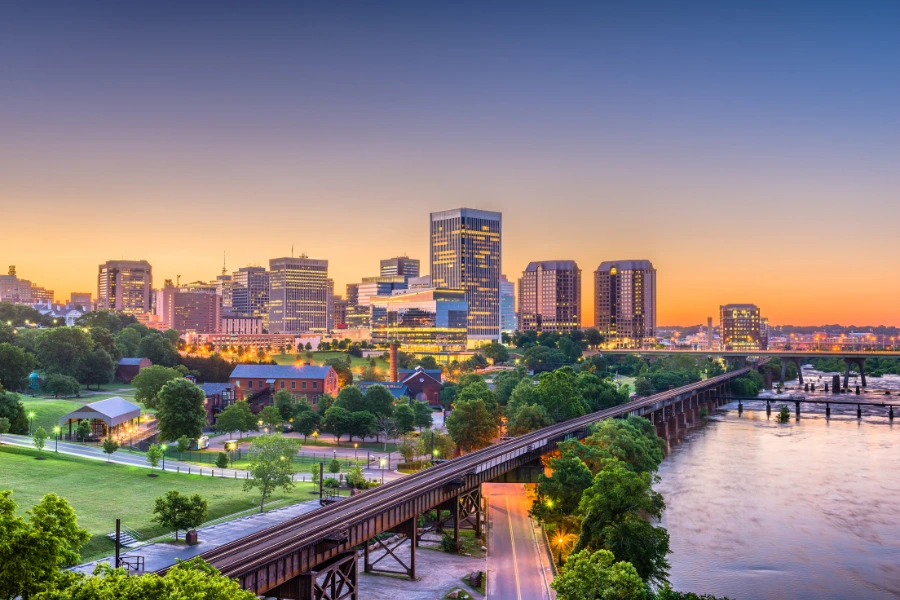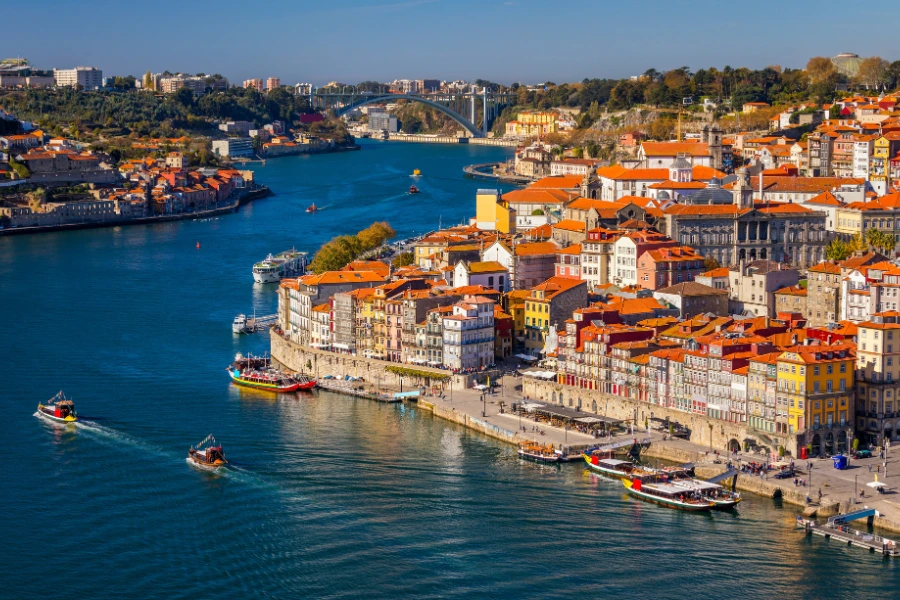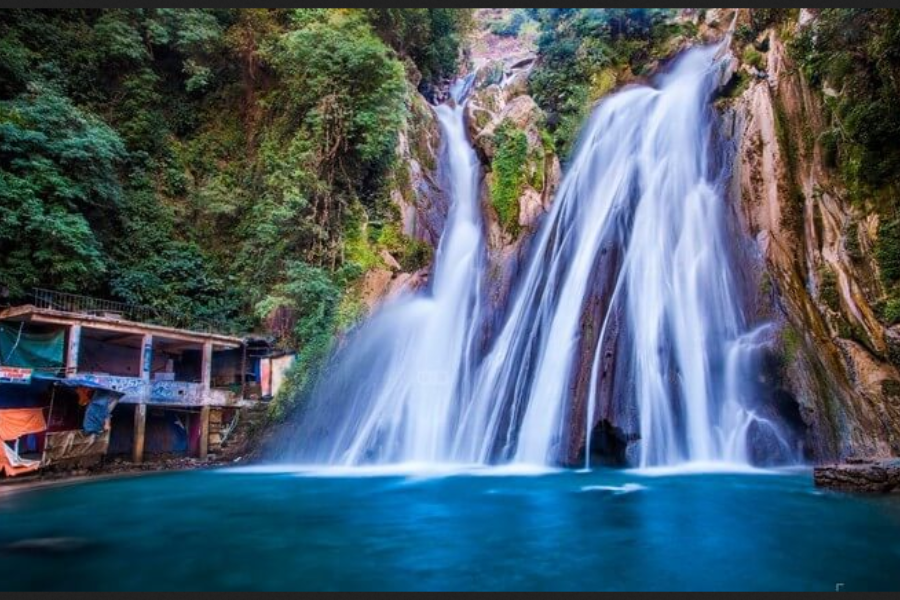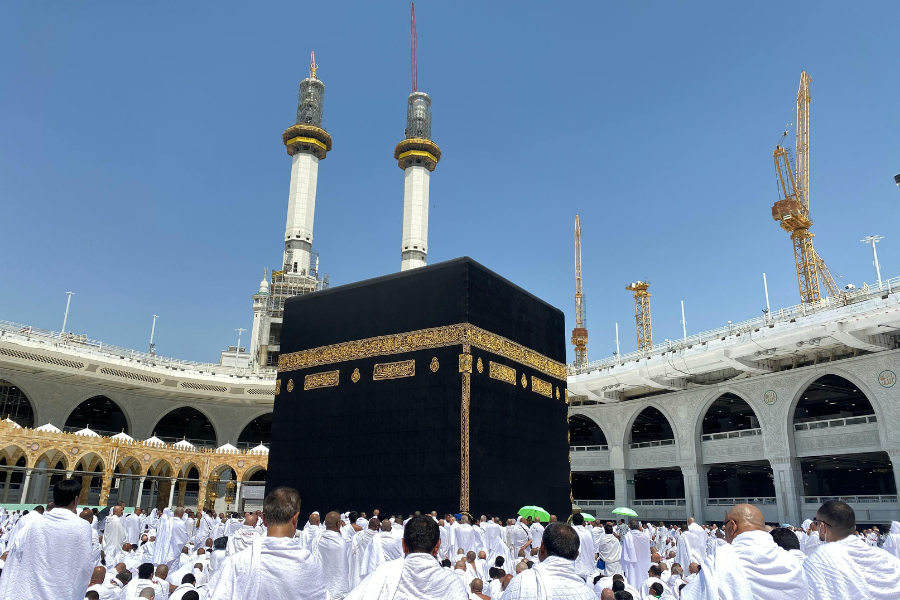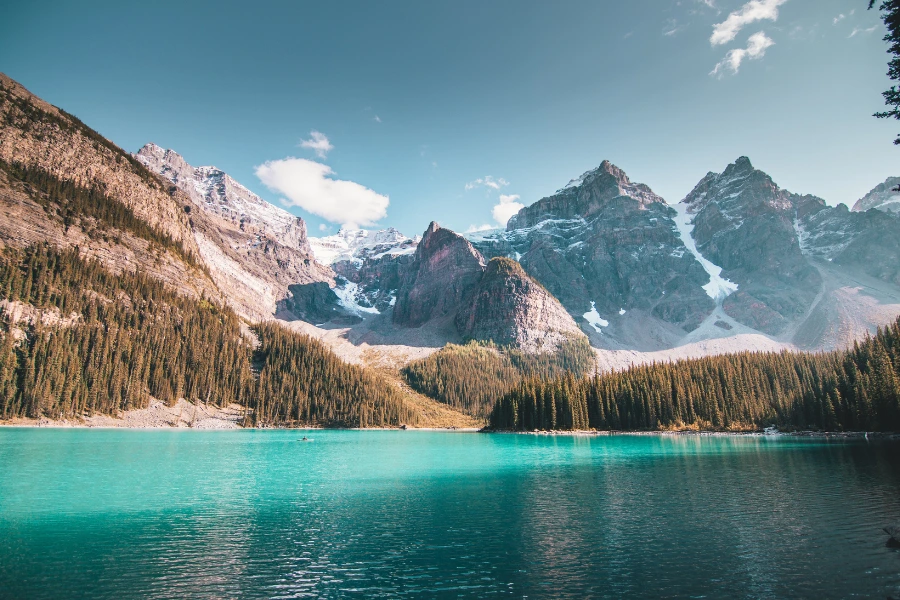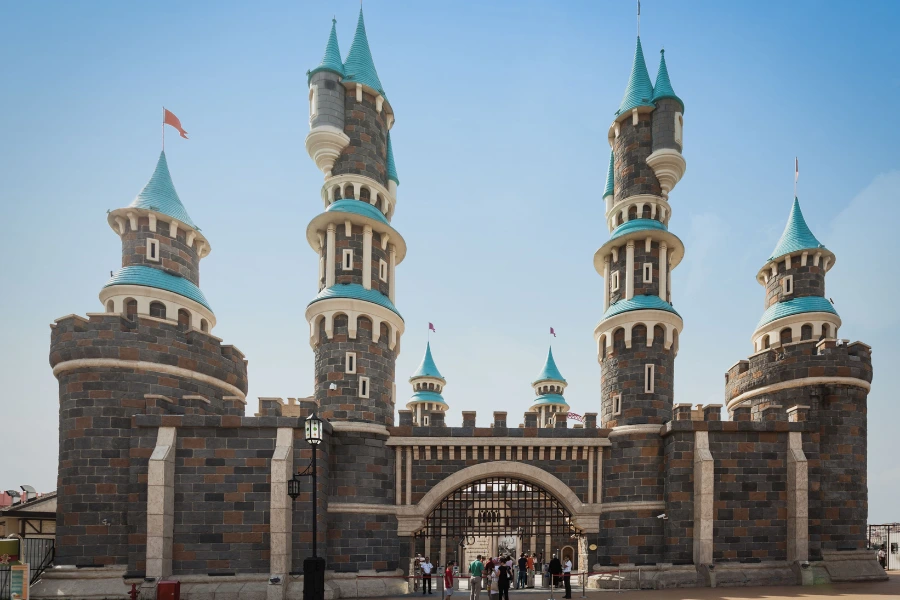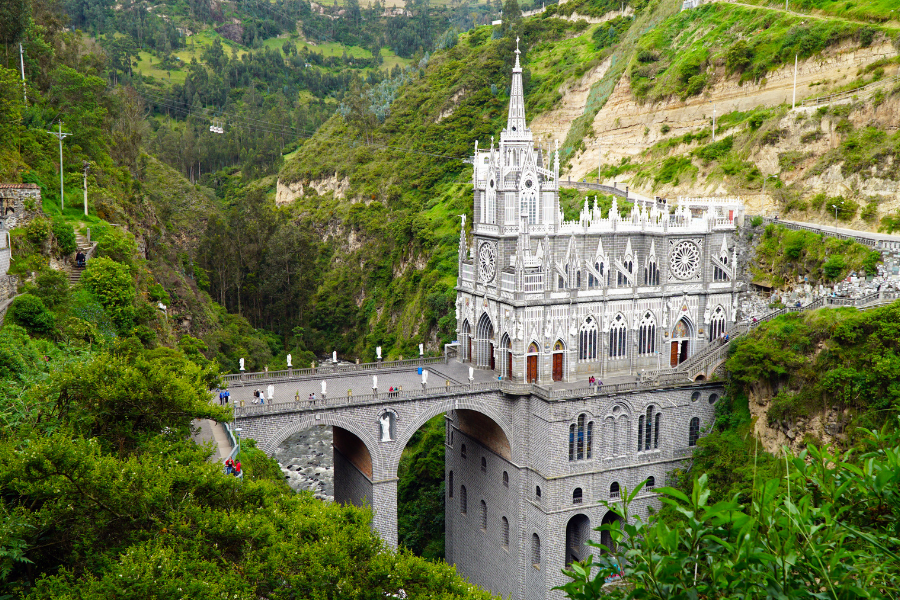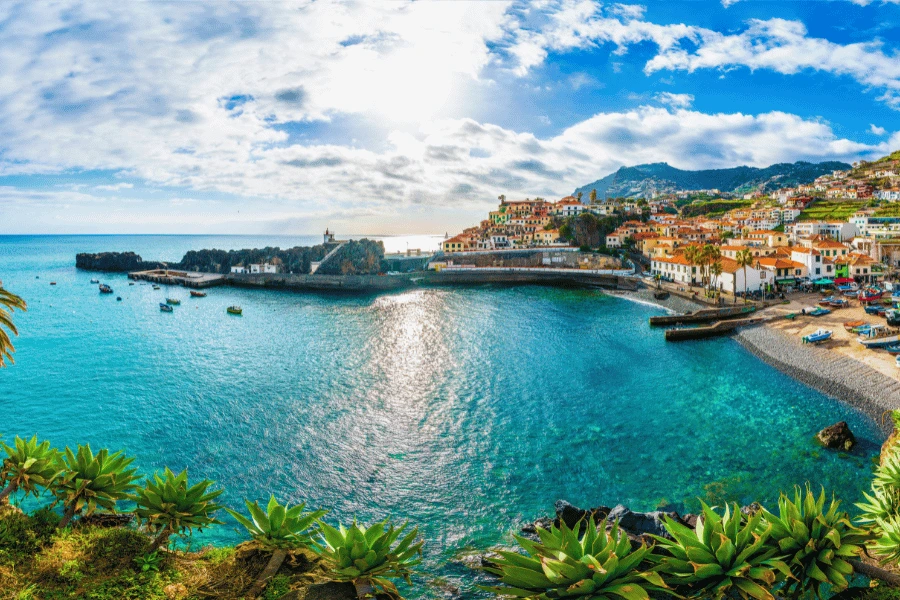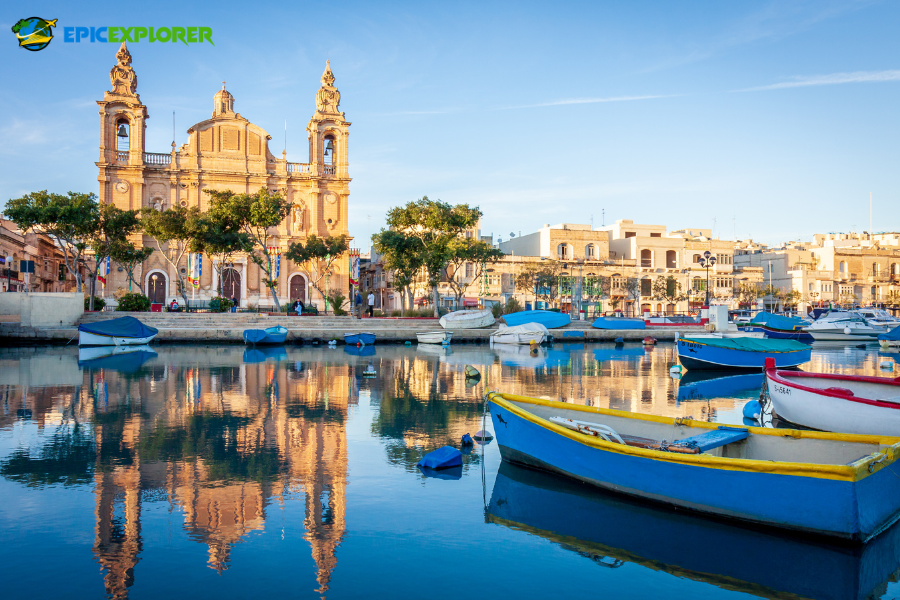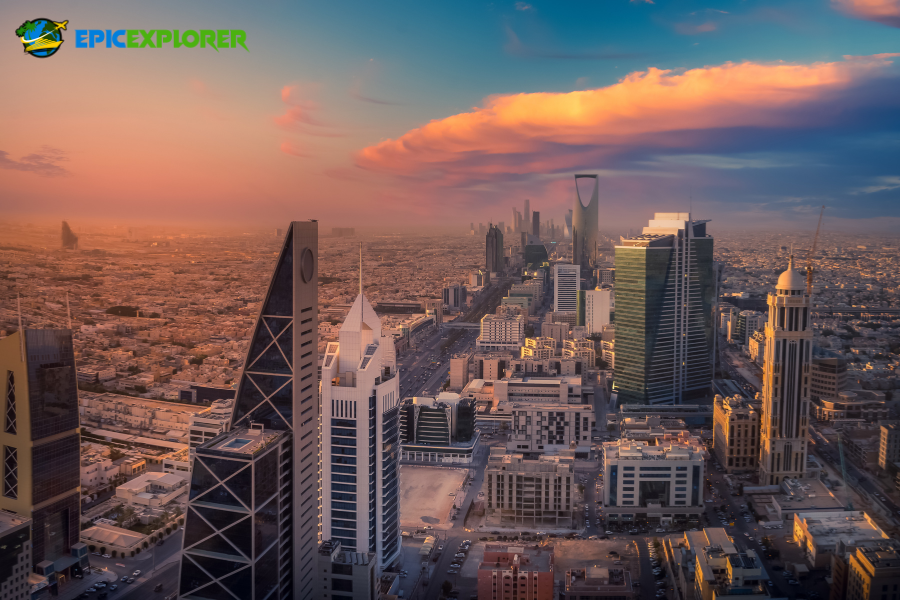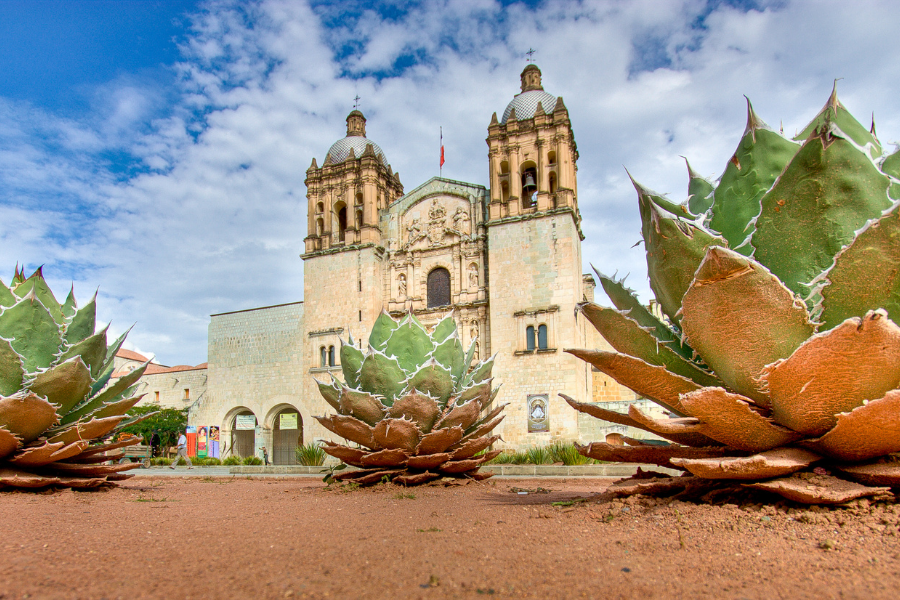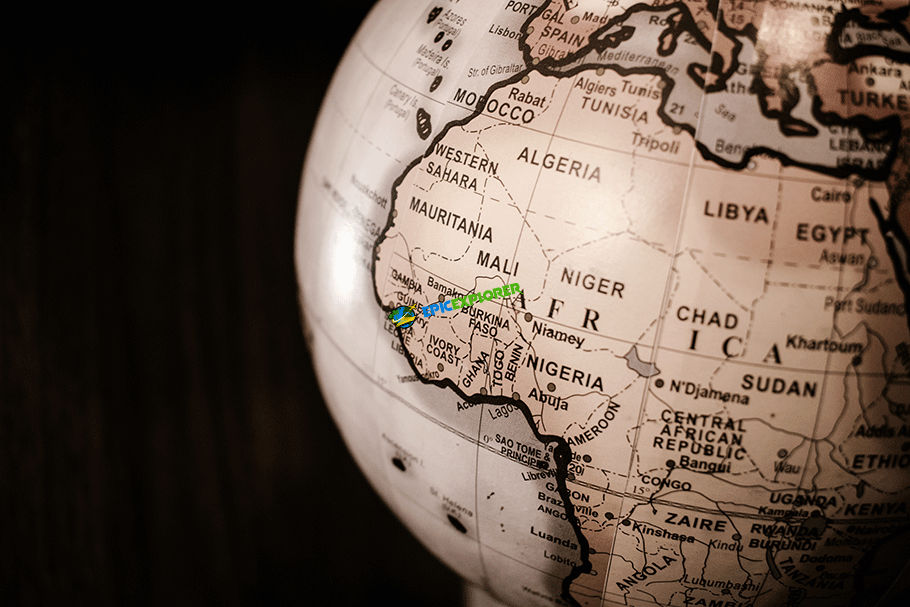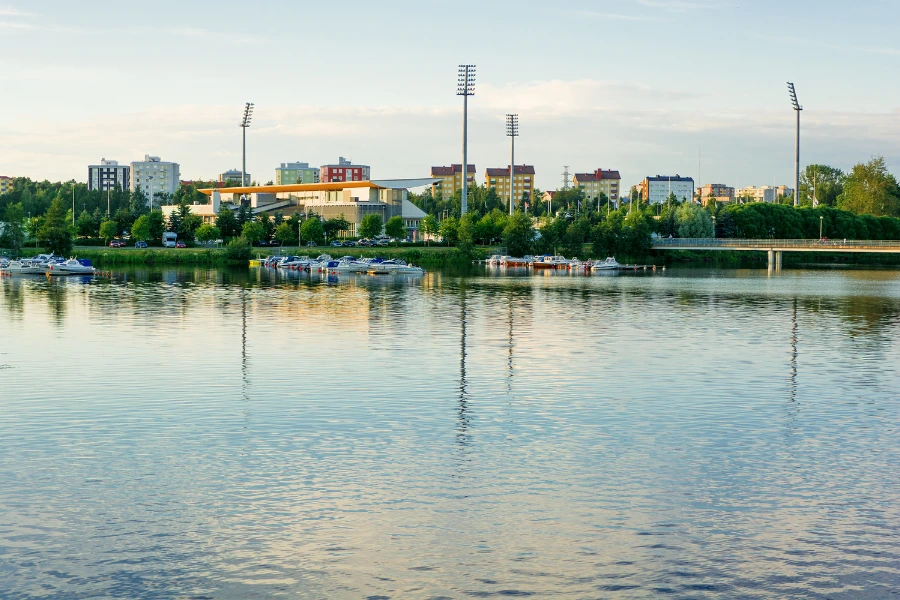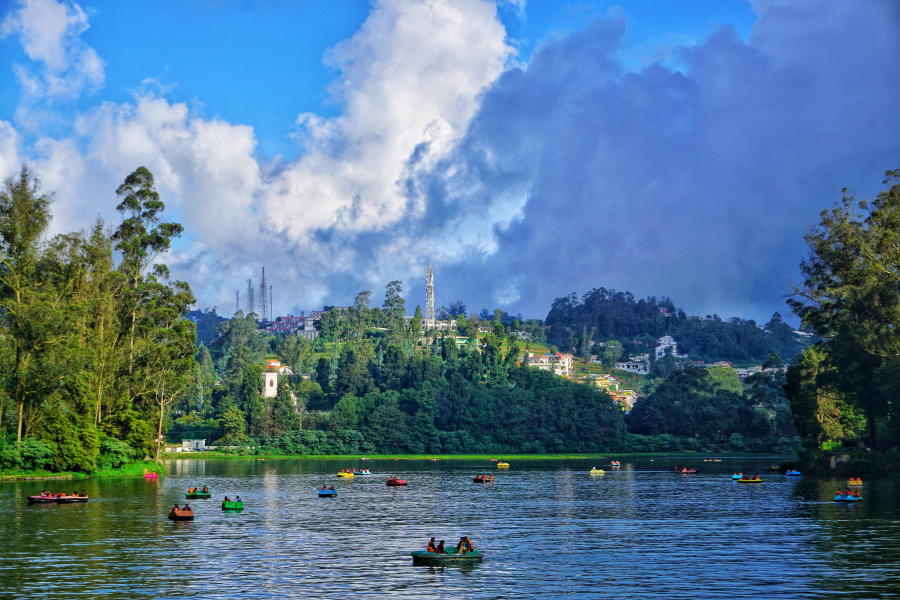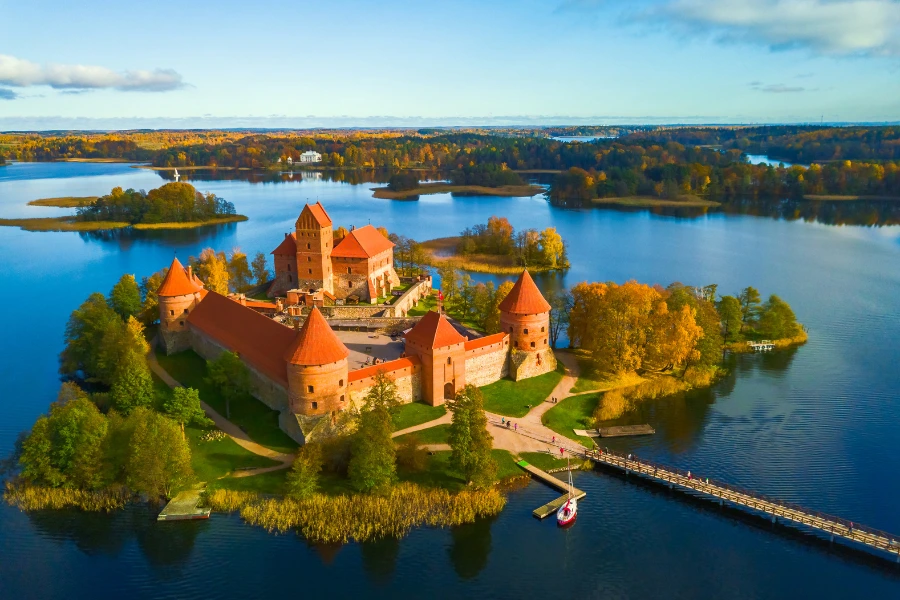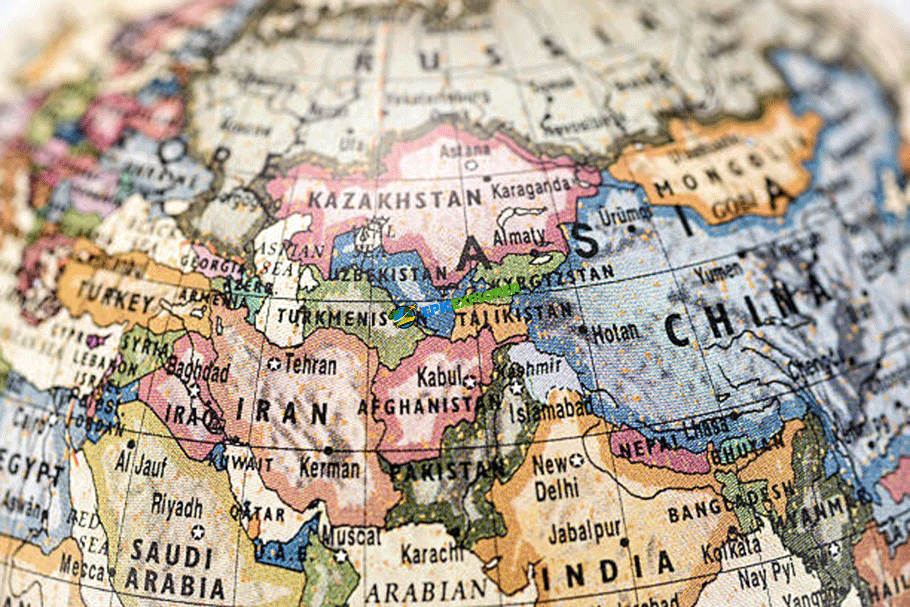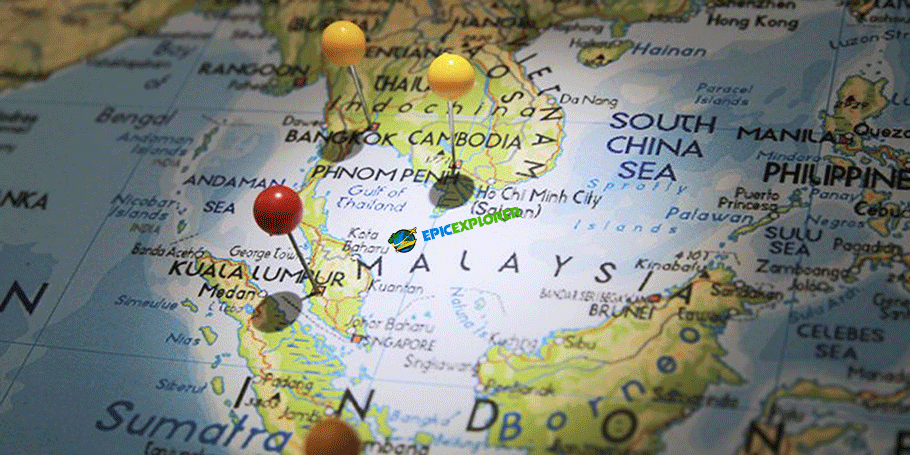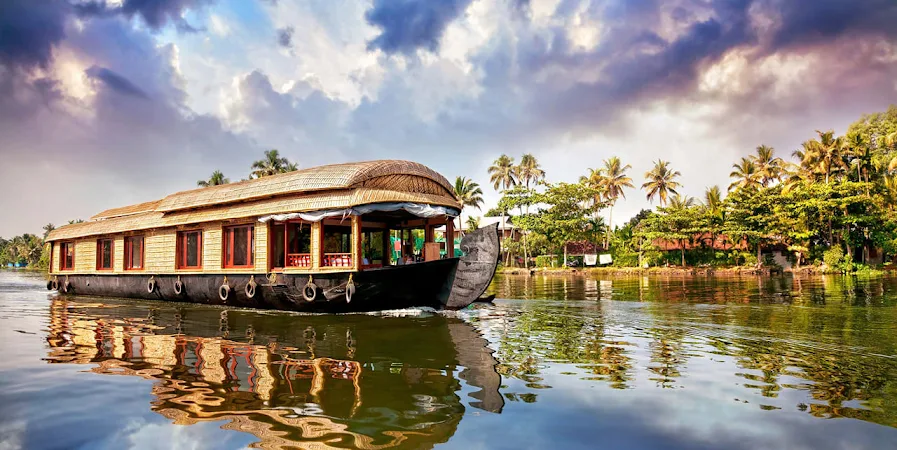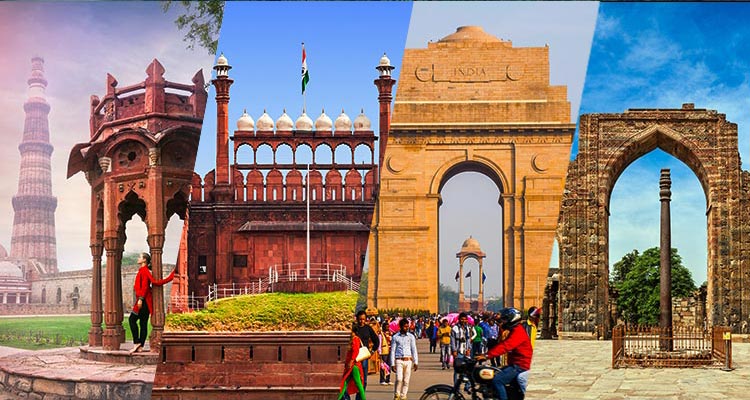History and Facts:
Tanzania, a tapestry of diverse cultures and landscapes, invites travelers to uncover its beauty.
From the vibrant streets of Dar es Salaam to the historic Stone Town in Zanzibar, each city narrates a unique tale of ancient trade routes, colonial
influences, and the nation's journey to independence.
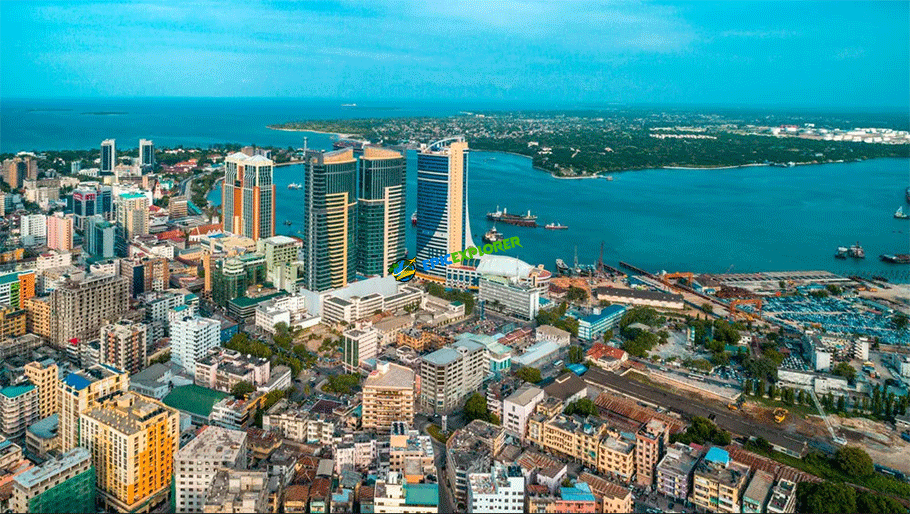
1. Dar es Salaam: Dar es Salaam, the Haven by the Sea:
Originally a small fishing village, Dar es Salaam grew into a major port city. The National Museum showcases Tanzania's rich cultural heritage, while the Kivukoni Fish Market immerses visitors in local daily life. Bongoyo Island offers a tranquil escape with its pristine beaches and coral reefs.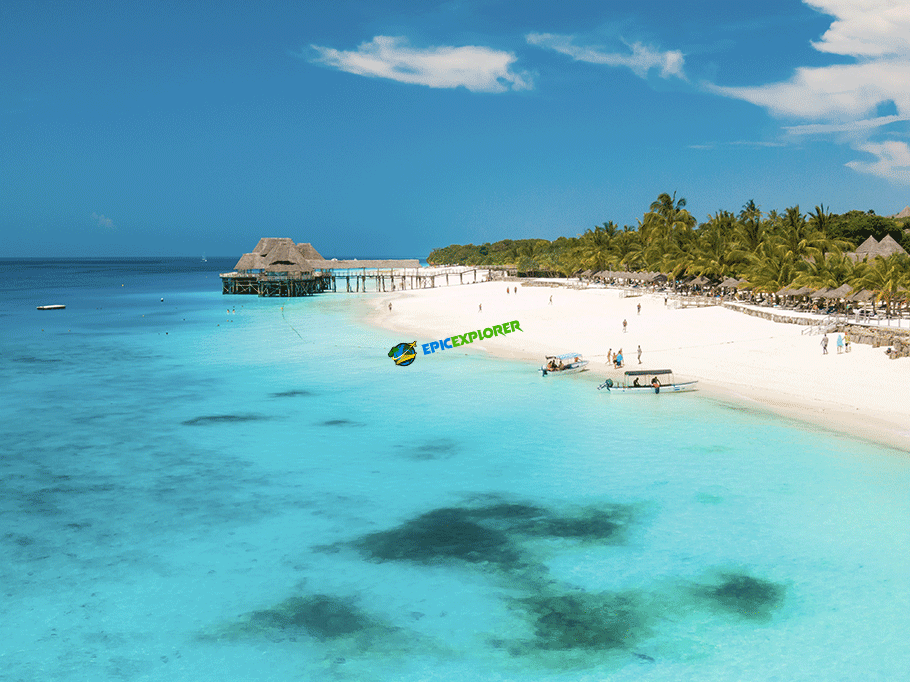
2. Zanzibar City: Zanzibar City, the Spice Island's Jewel:
Rooted in Swahili, Persian, and Arab influences, Stone Town is a UNESCO World Heritage site with narrow winding streets and historic buildings. The House of Wonders and the Old Fort depict Zanzibar's colonial past. For a sensory experience, the Spice Market offers a delightful array of exotic spices.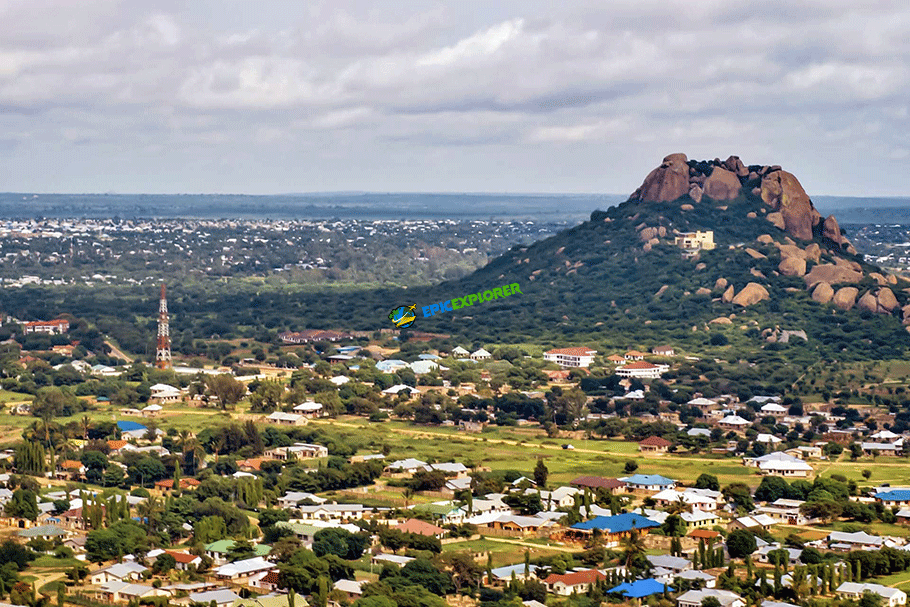
3. Dodoma: Dodoma, the Political Hub:
Since 1974, Dodoma has served as Tanzania's political capital. The Jamhuri Park showcases local flora and fauna, while the Nyerere Square pays homage to the nation's founding father. Dodoma Cathedral, a striking modern structure, stands as a symbol of the city's growth.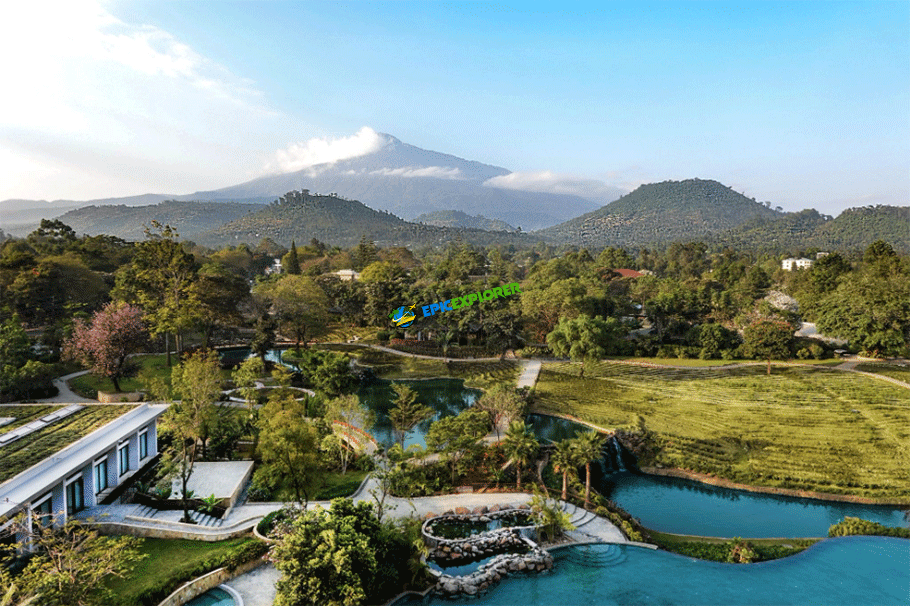
4. Arusha: Arusha, Gateway to Safari:
As the gateway to Tanzania's northern safari circuit, Arusha is surrounded by national parks. The Arusha Declaration Museum commemorates a pivotal moment in the nation's history. The vibrant Maasai Market offers traditional crafts, and the city's proximity to Mount Meru attracts trekkers.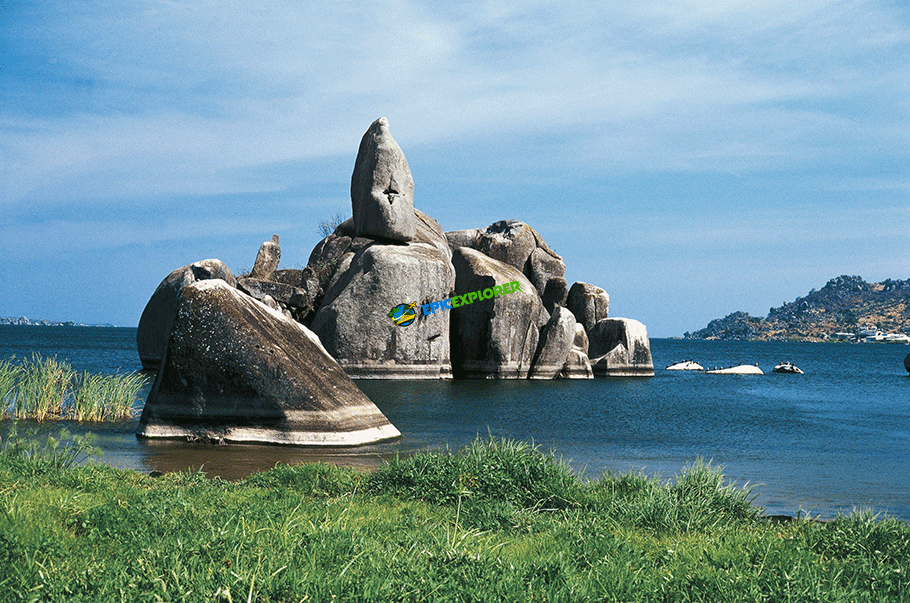
5. Mwanza: Mwanza, the Rock City:
Set along the shores of Lake Victoria, Mwanza is known for the Bismarck Rock, a massive granite outcrop in the lake. The Saanane Island National Park, accessible by boat, provides a unique opportunity for wildlife viewing. Mwanza's lakeside promenade offers stunning sunset views.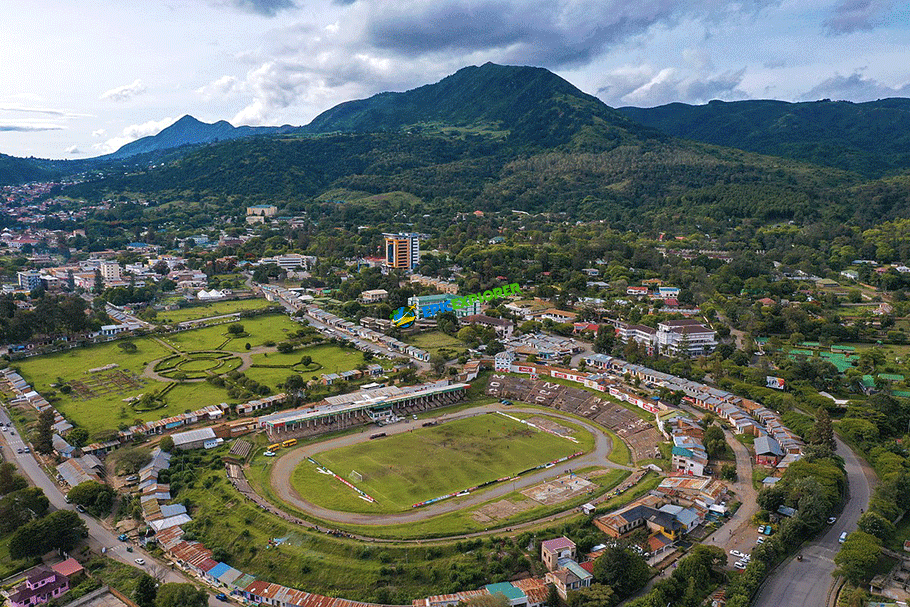
6. Mbeya: Mbeya, Amidst the Southern Highlands:
Nestled in the Southern Highlands, Mbeya is a gateway to scenic landscapes. Loleza Peak and the Kiwira Natural Bridge attract hikers and nature enthusiasts. The city's vibrant markets showcase the agricultural richness of the region.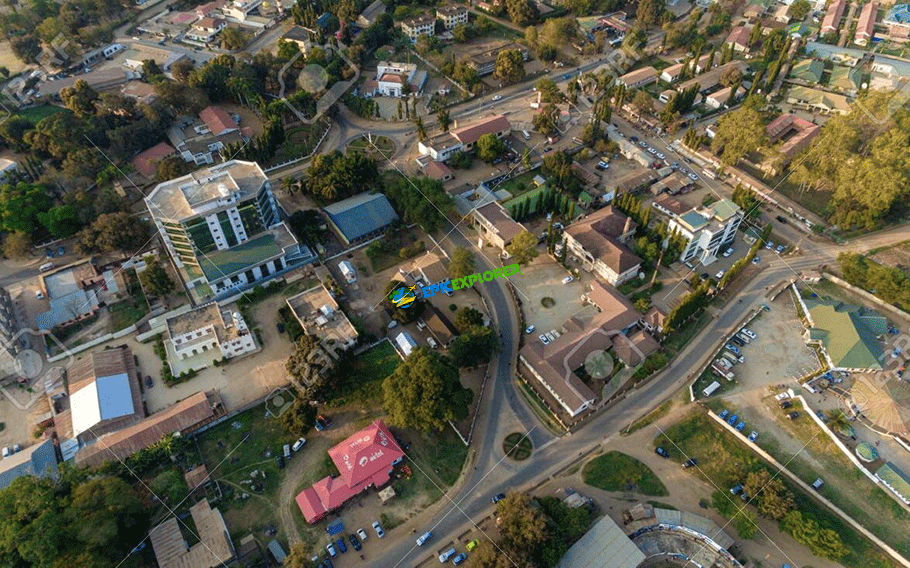
7. Morogoro: Morogoro, a Blend of Urban and Rural:
Surrounded by mountains, Morogoro offers a blend of urban and rural experiences. The Uluguru Mountains provide trekking opportunities, and the Mikumi National Park, a short drive away, beckons with diverse wildlife. Morogoro's agricultural college contributes to the nation's farming knowledge.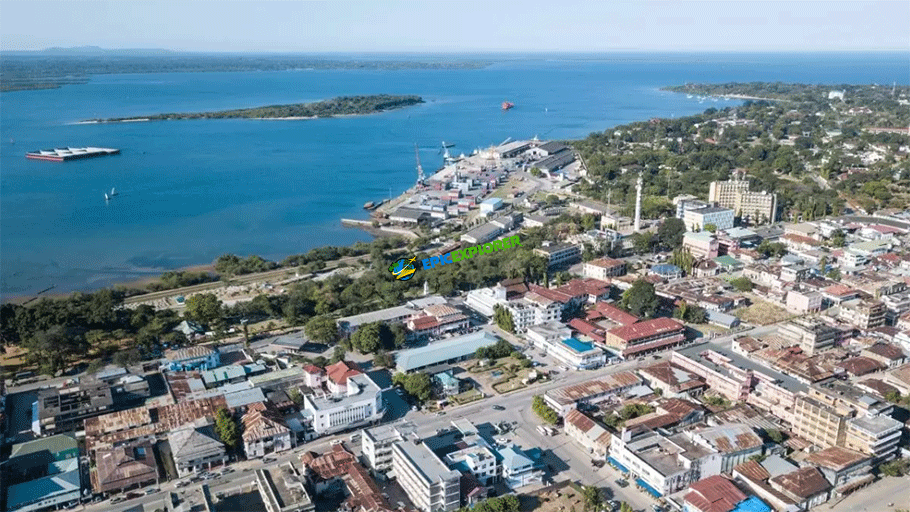
8. Tanga: Tanga, Along the Indian Ocean:
Set along the Indian Ocean, Tanga boasts historic sites like the Amboni Caves, offering a glimpse into prehistoric life. The Tongoni Ruins reflect Swahili coastal culture, and the pristine beaches provide relaxation. Tanga's Marine Reserve is a haven for marine life.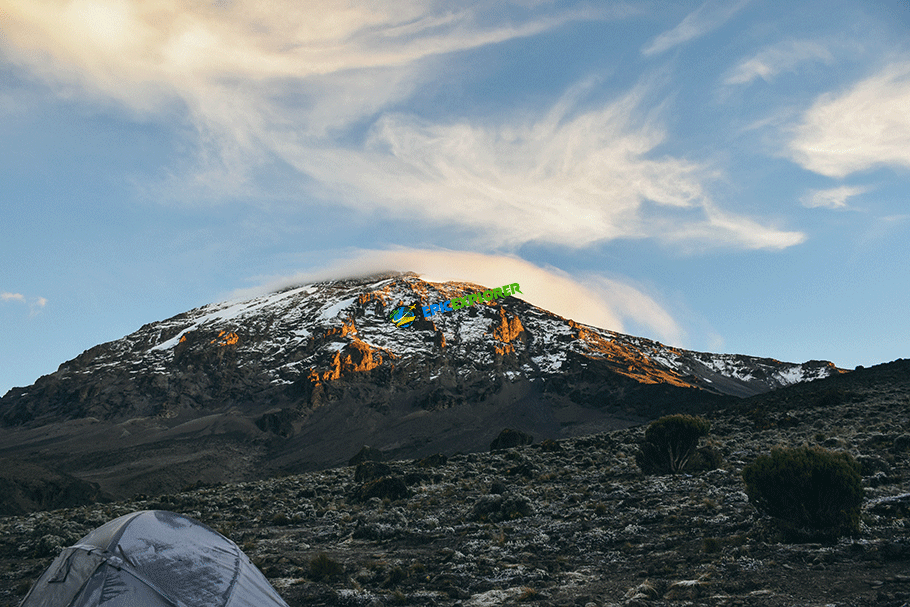
9. Moshi: Moshi, at the Foot of Kilimanjaro:
Nestled at the foot of Mount Kilimanjaro, Moshi is a base for trekkers. The Moshi Club, an iconic building, showcases German colonial architecture. The nearby coffee plantations offer tours, and the Chagga Museum explores local traditions.
10. Iringa: Iringa, Amidst the Southern Highlands:
Situated in the Southern Highlands, Iringa is known for the Isimila Stone Age site. The nearby Ruaha National Park, one of Tanzania's largest parks, is renowned for its diverse wildlife. Iringa's cultural heritage is celebrated at the Neema Crafts Centre.
How to Reach from Delhi and Time Taken: To reach Tanzania from Delhi, travelers can take connecting flights to major airports such as Julius Nyerere International Airport in Dar es Salaam or Zanzibar International Airport. 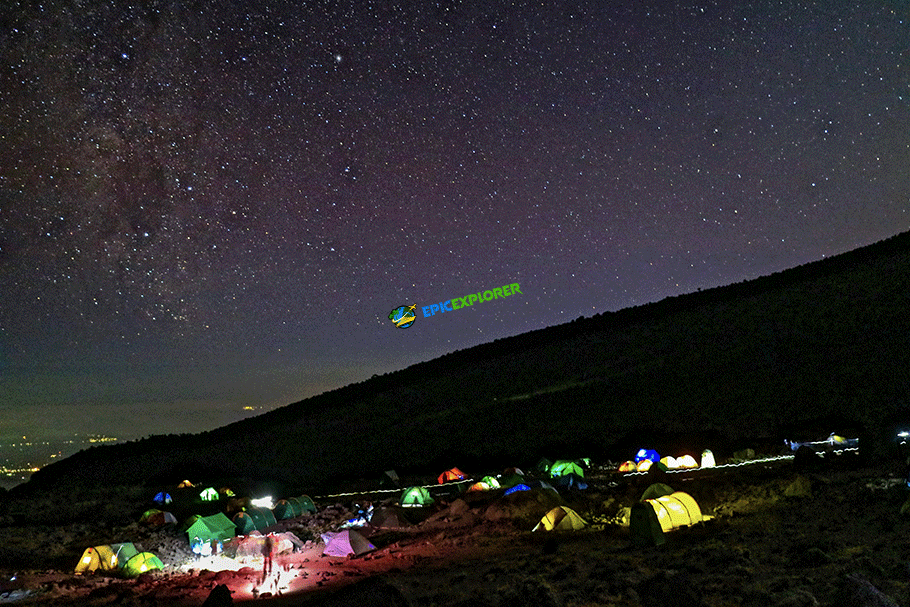
Flight durations may vary based on the specific route and layovers, generally ranging from 8 to 14 hours. Delhi's Indira Gandhi International Airport offers numerous flight options, ensuring convenient connectivity for those eager to explore the diverse cities of Tanzania.

